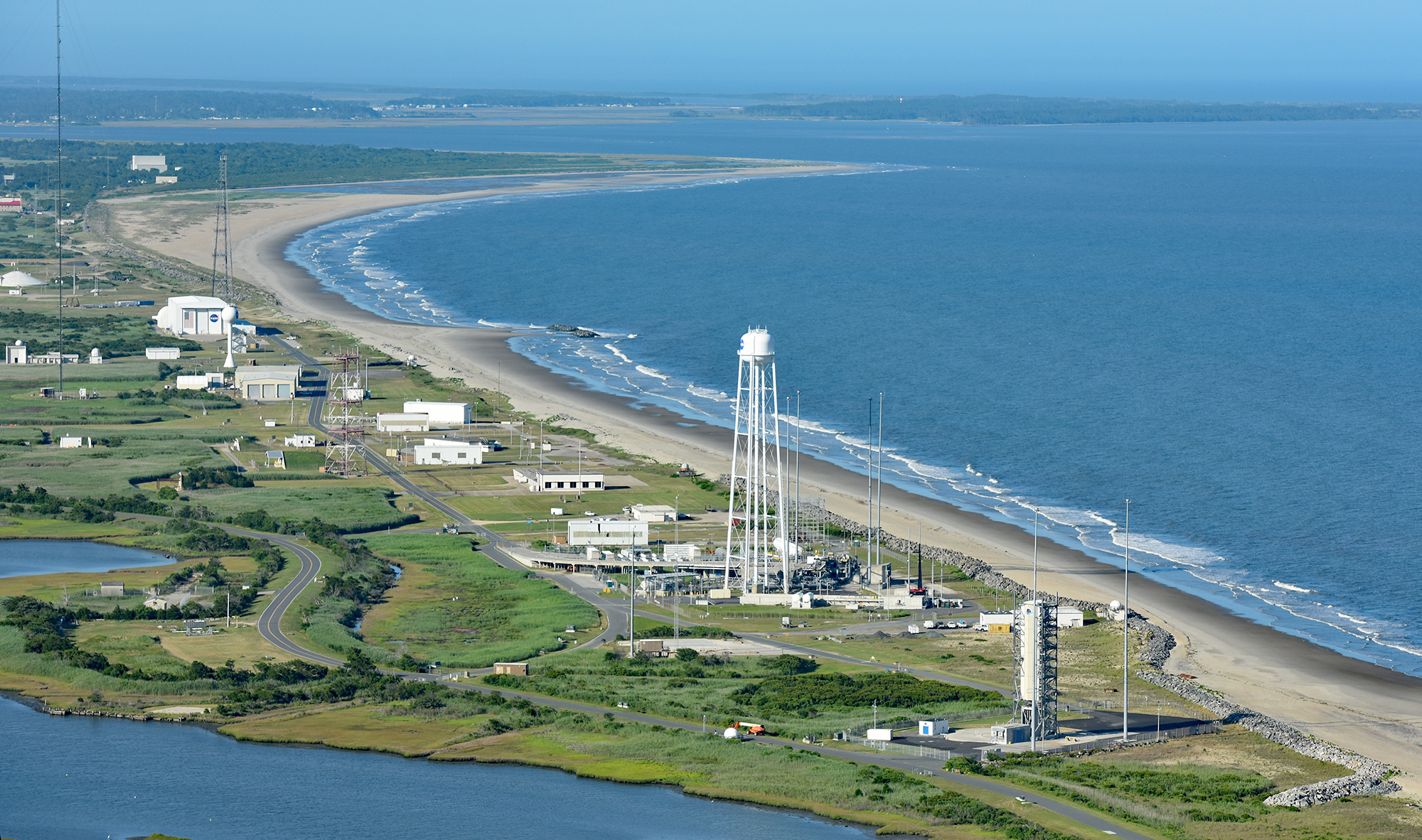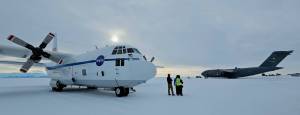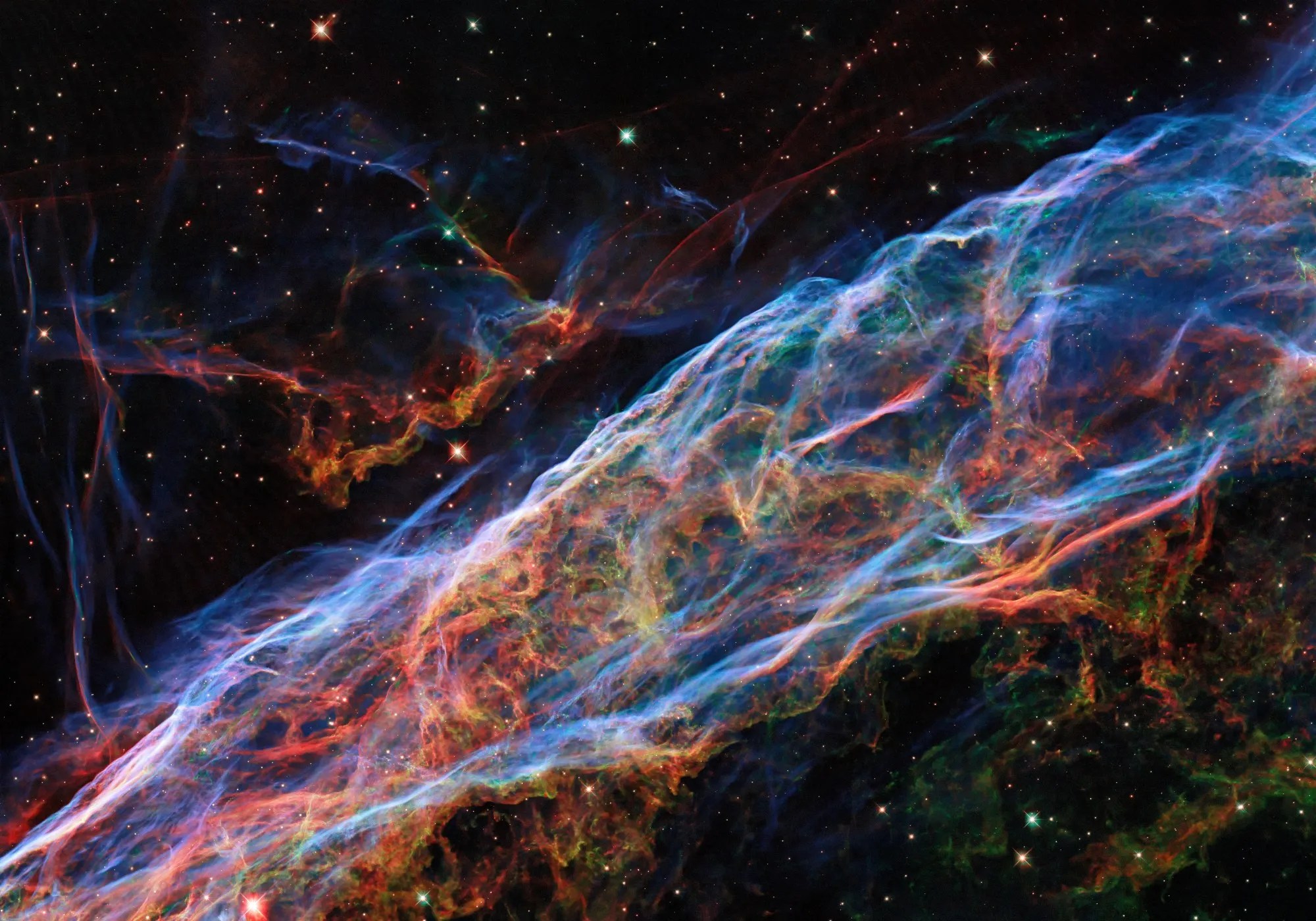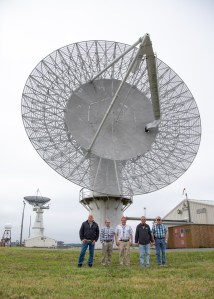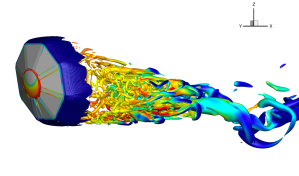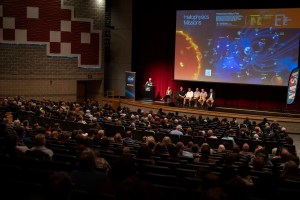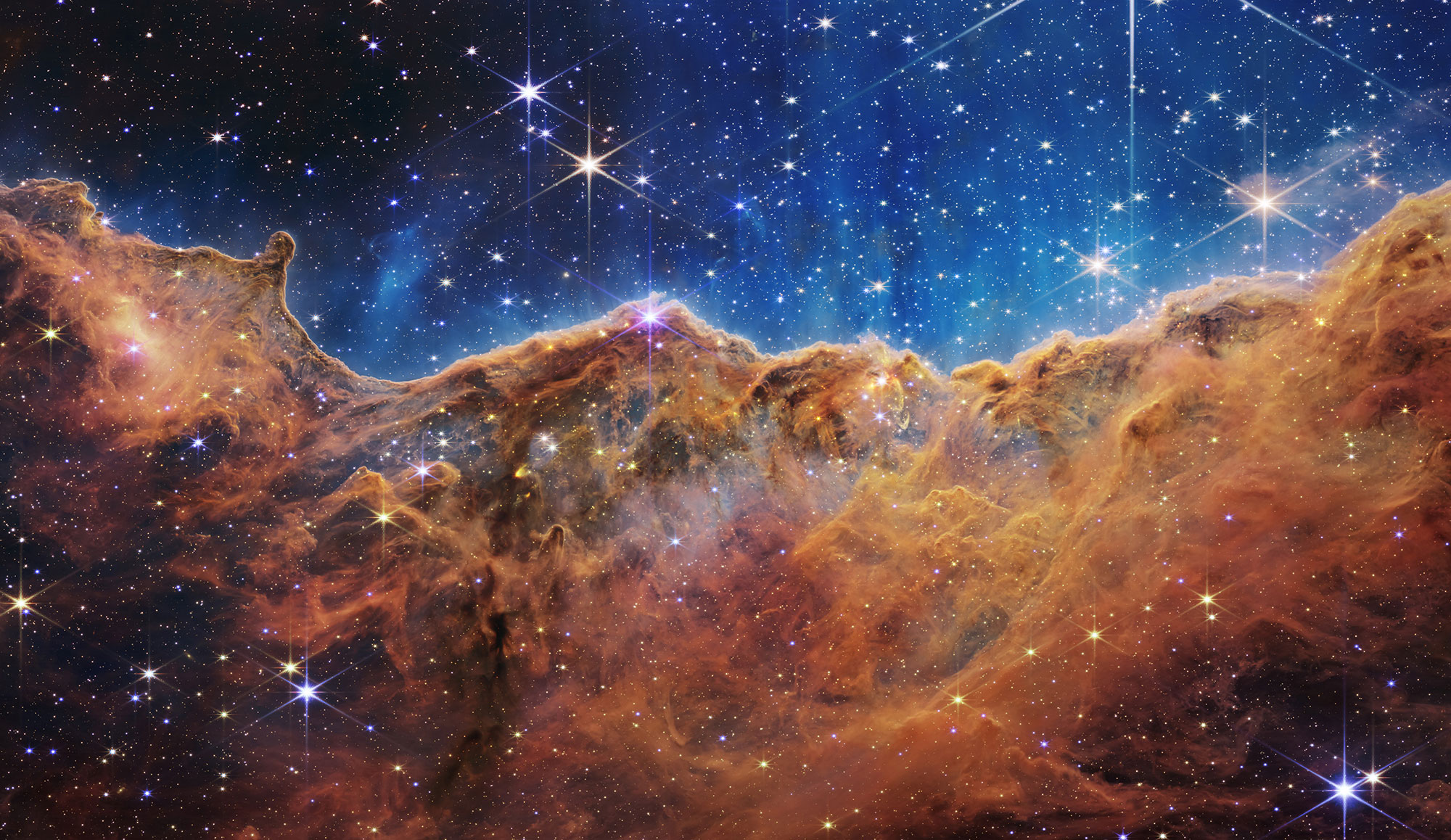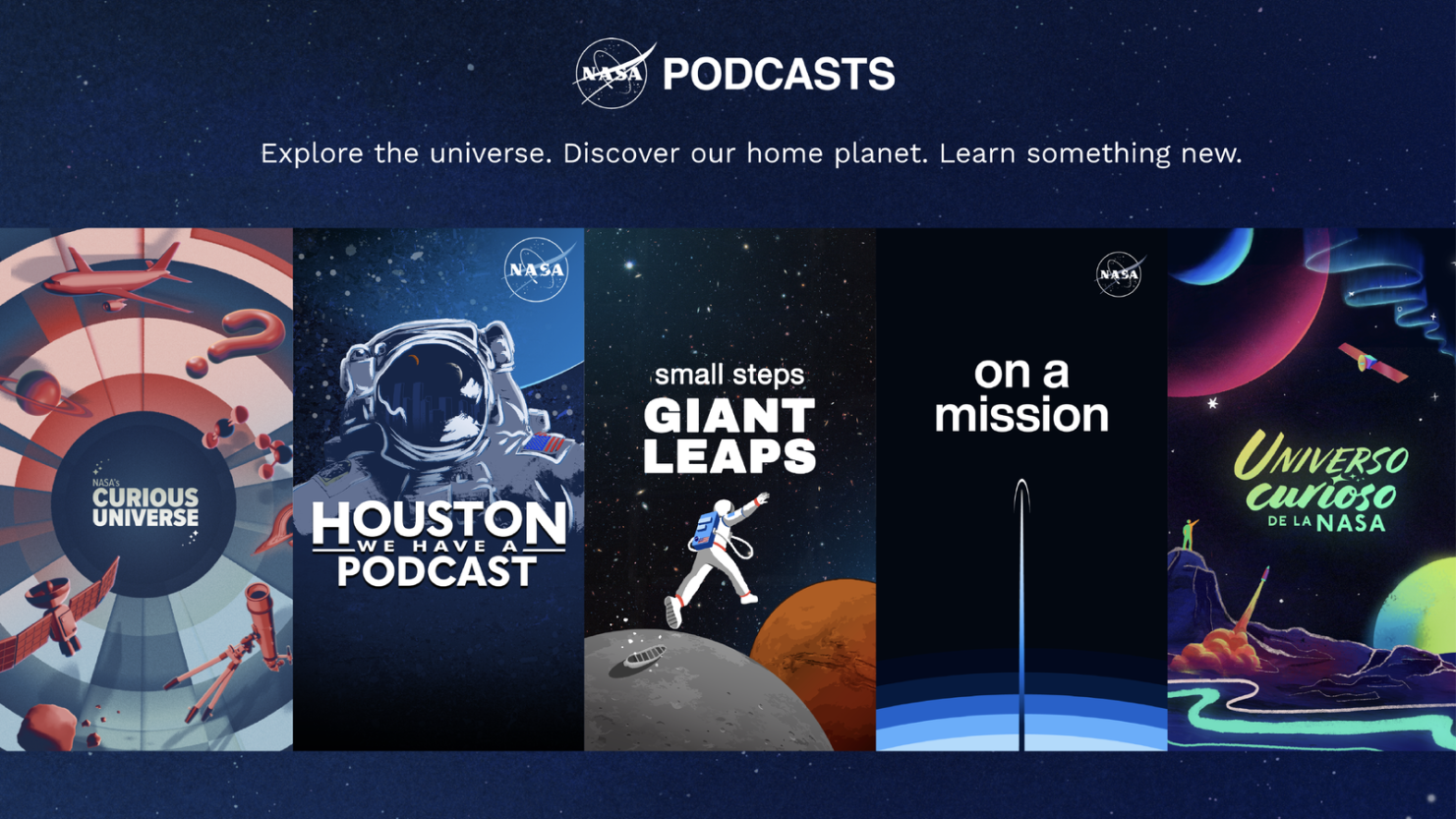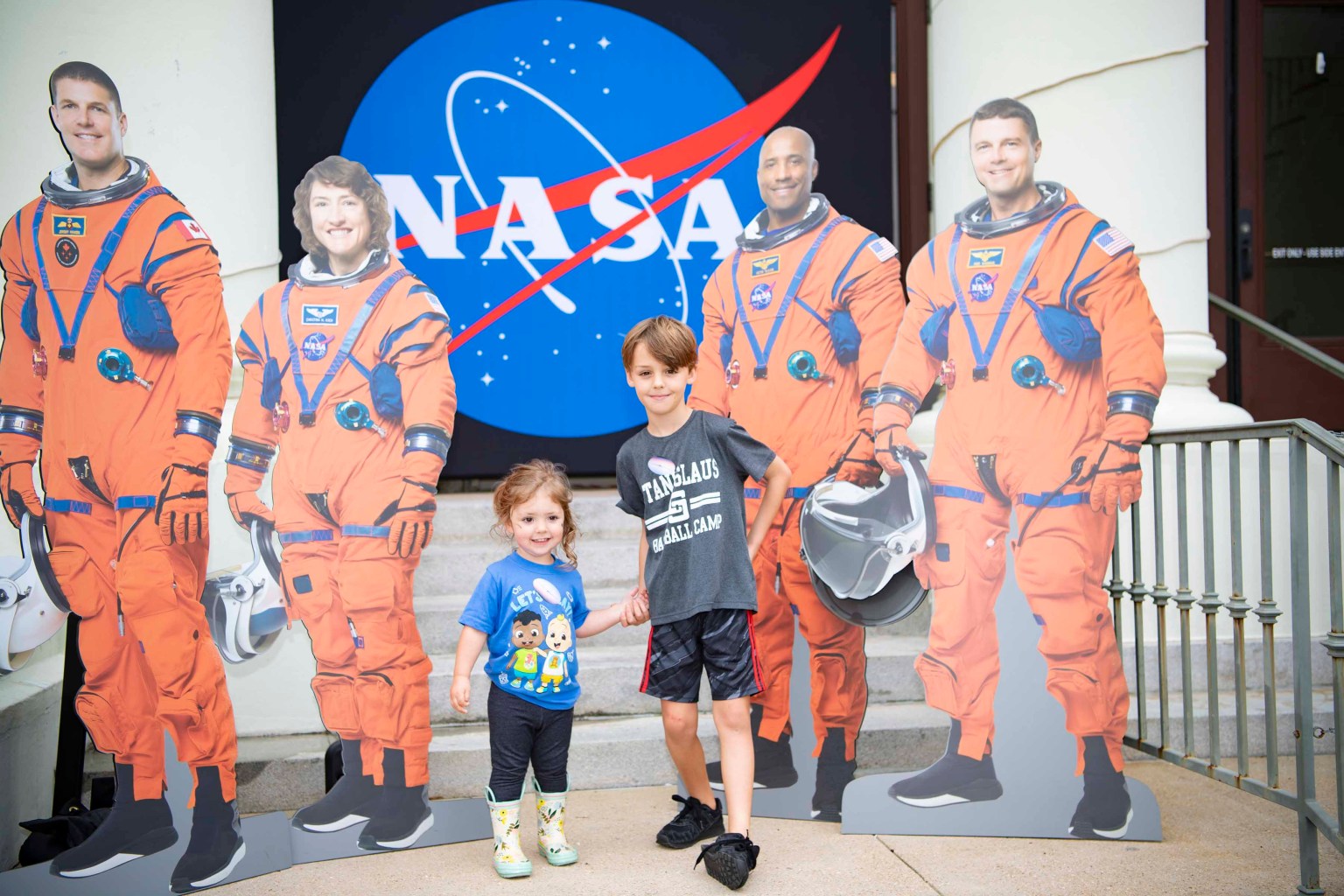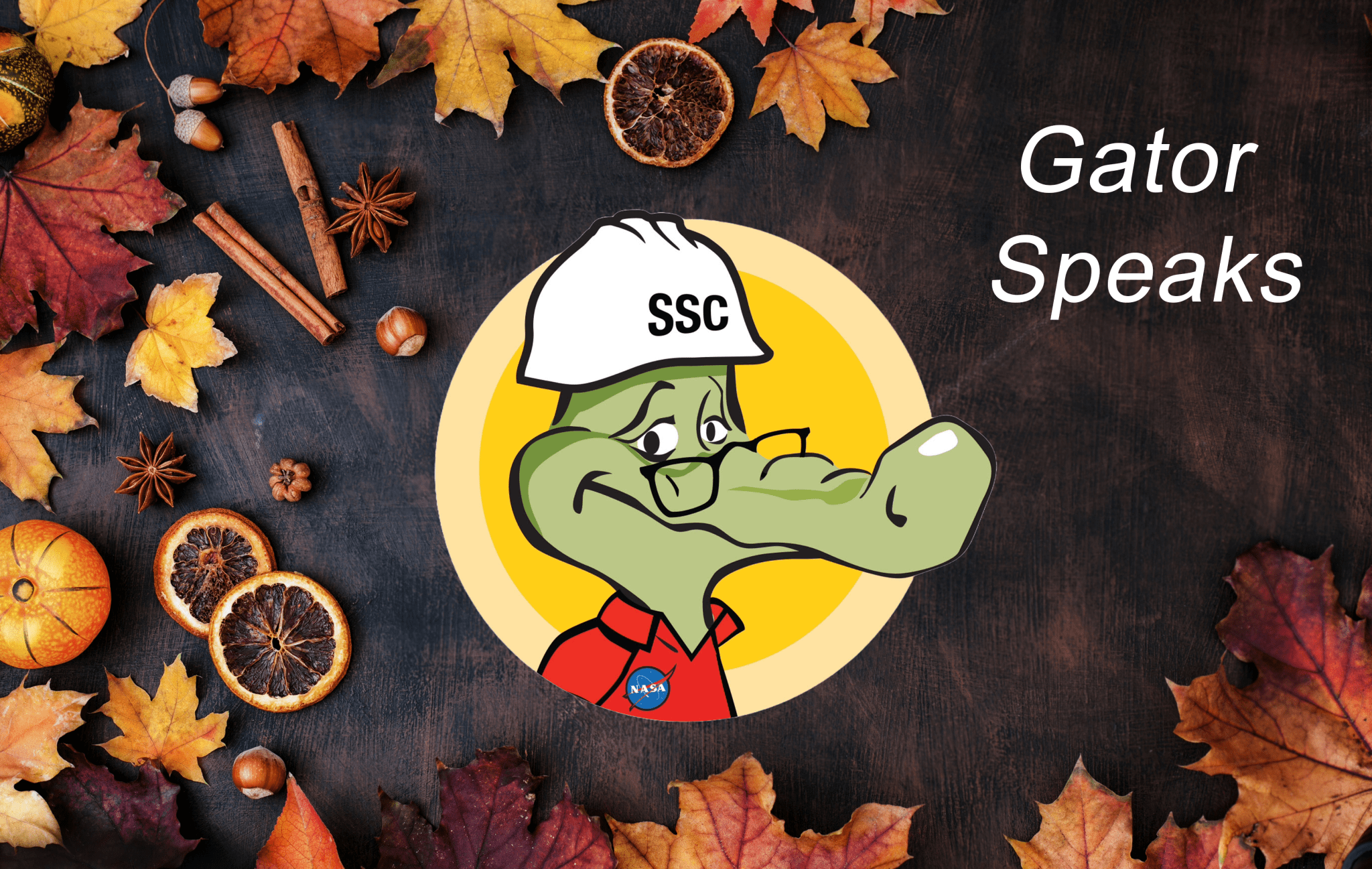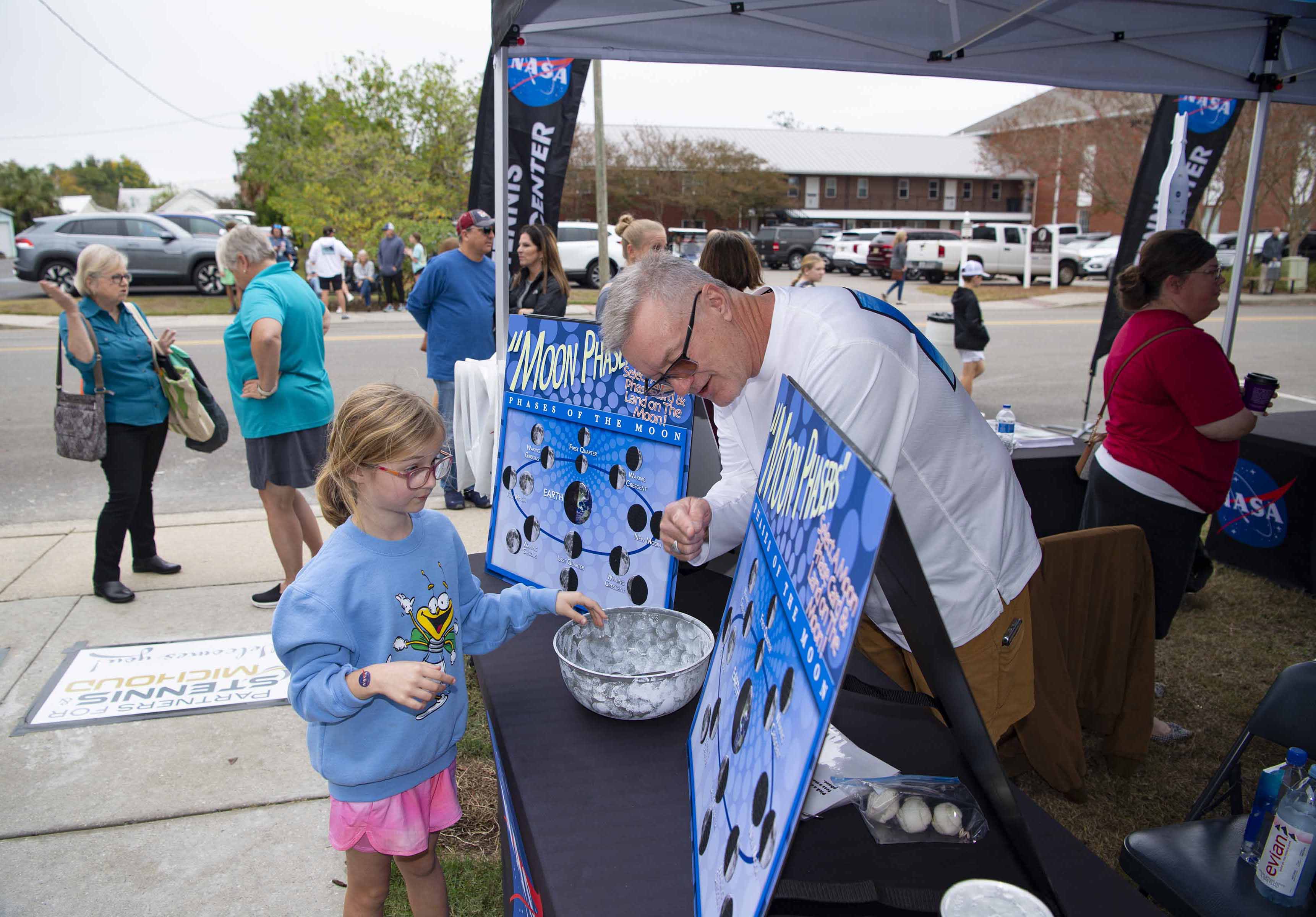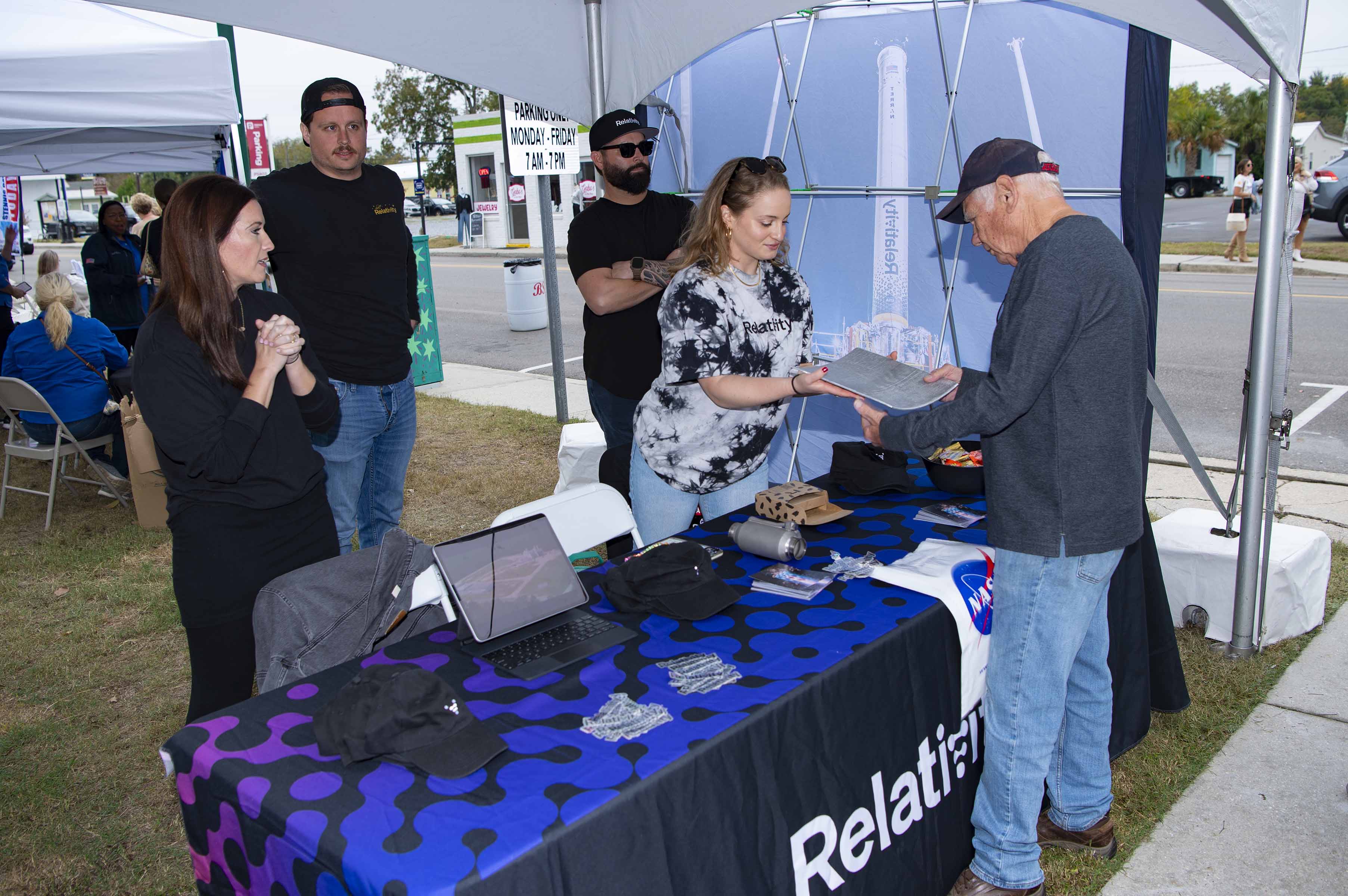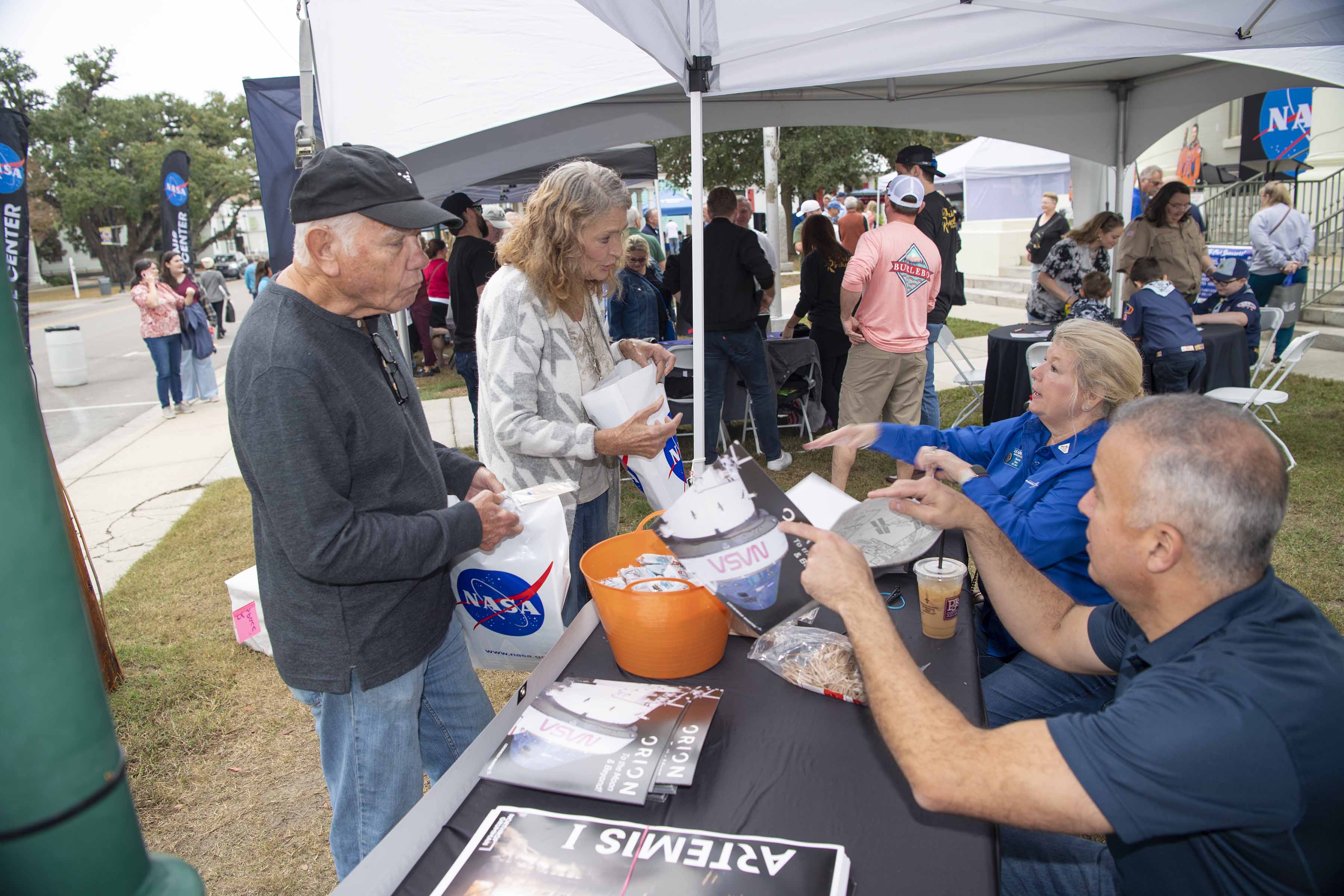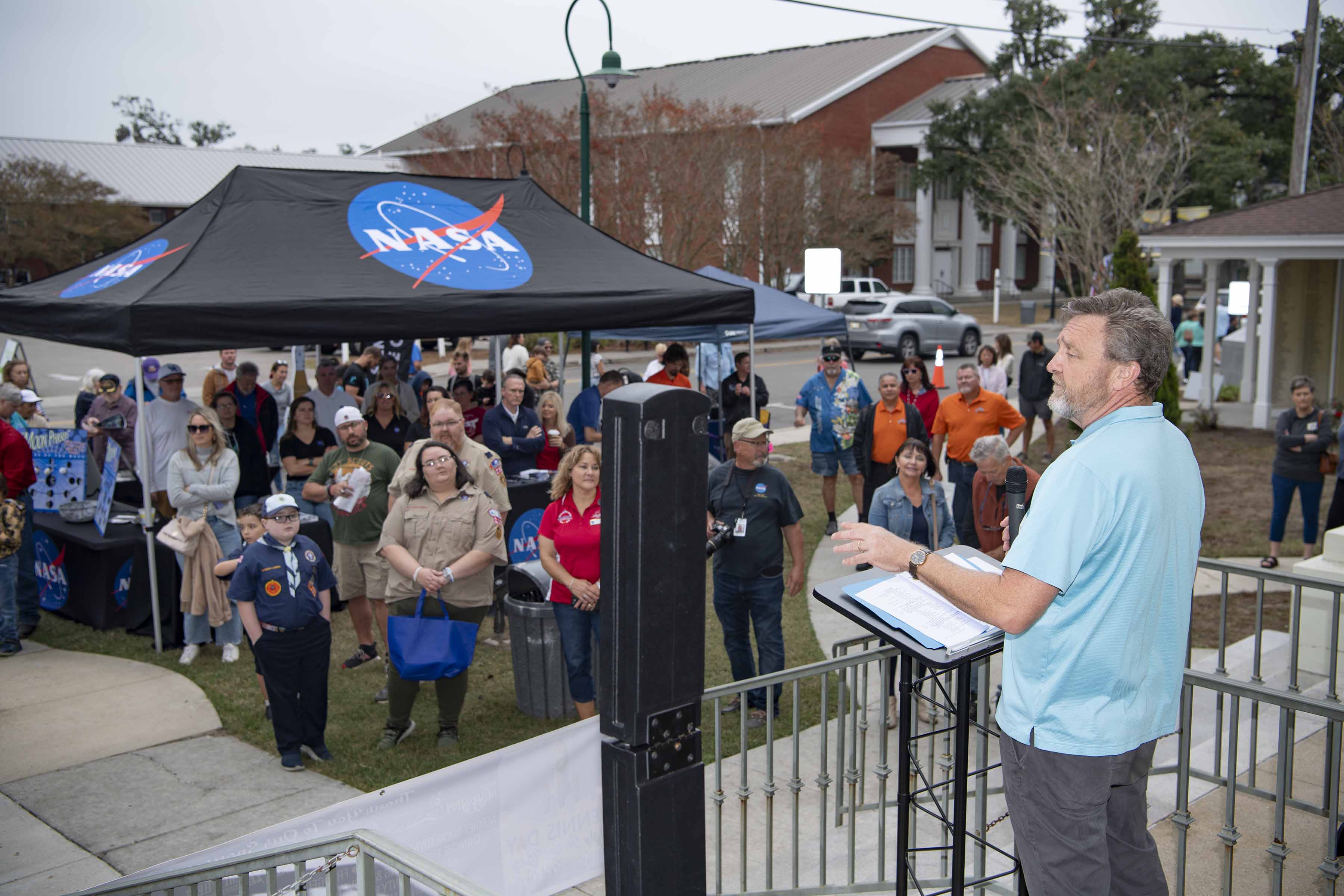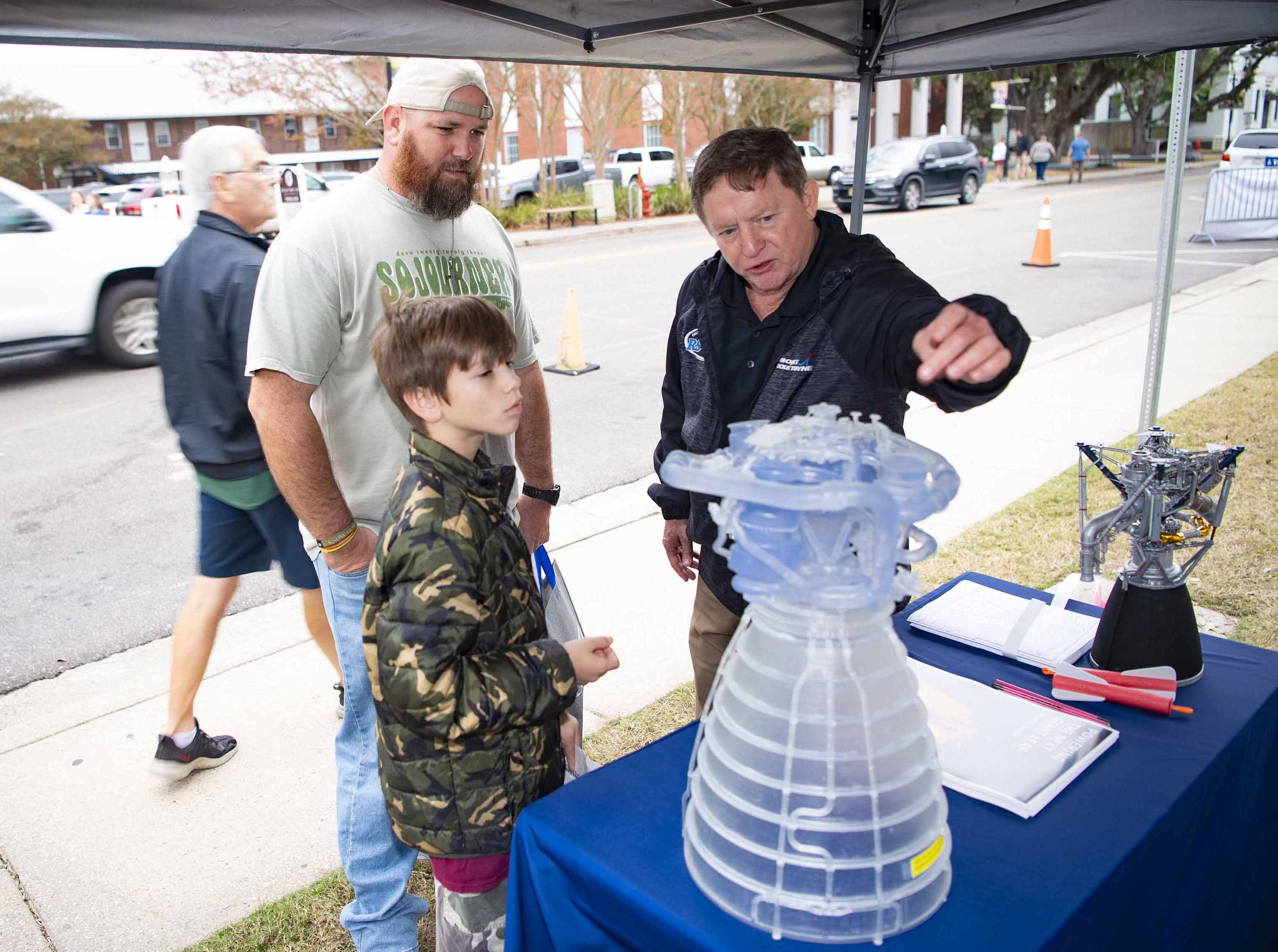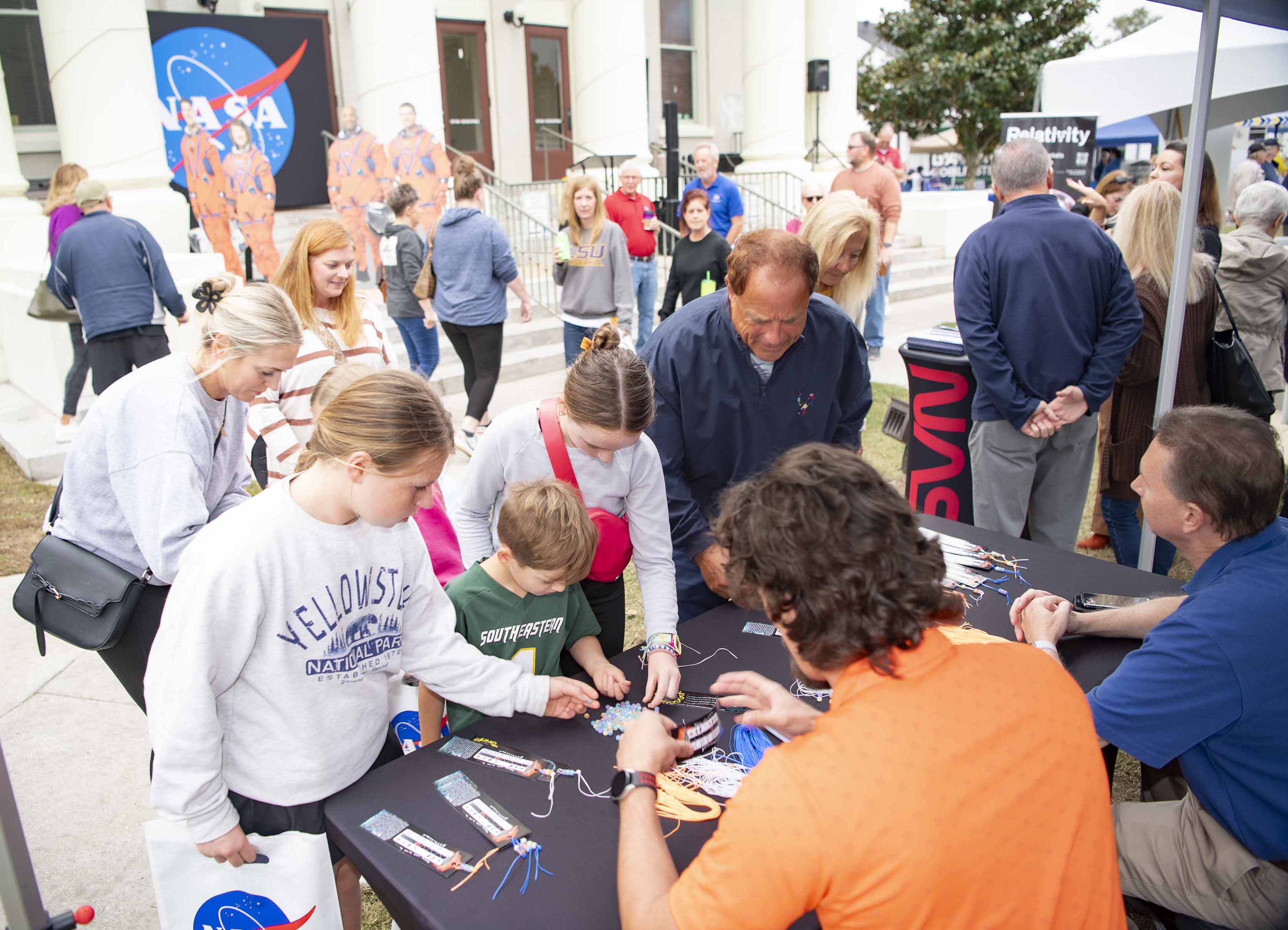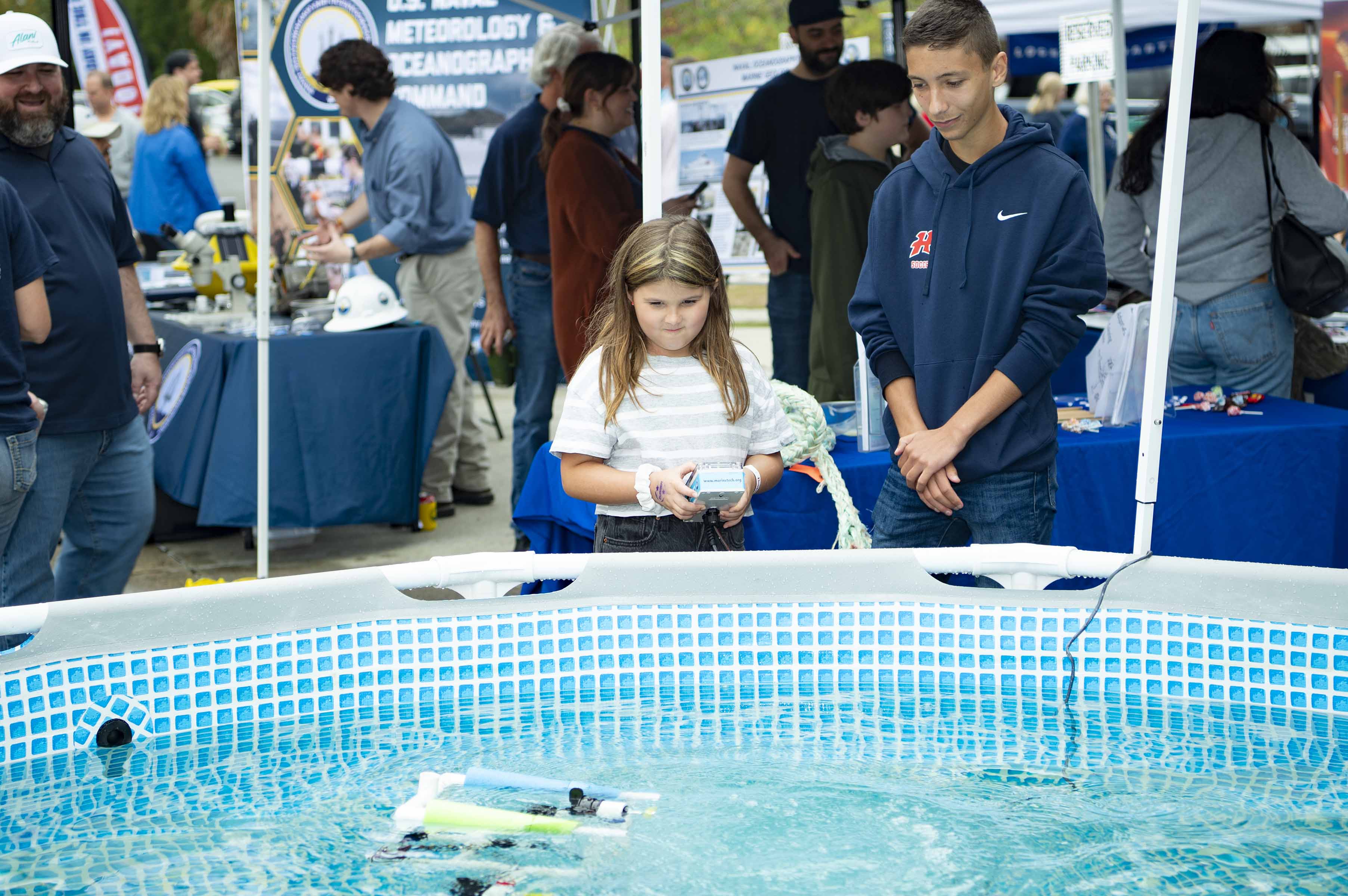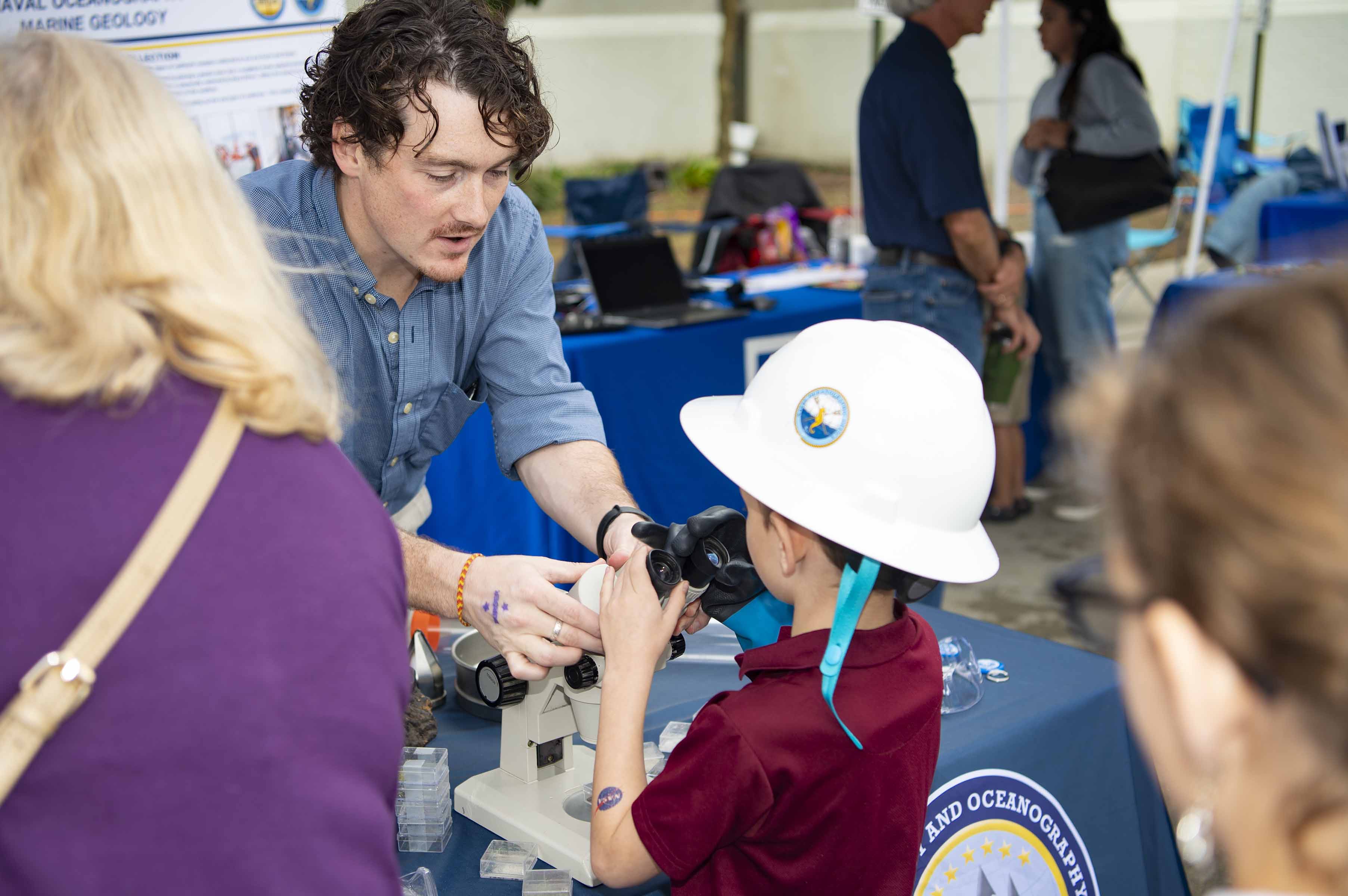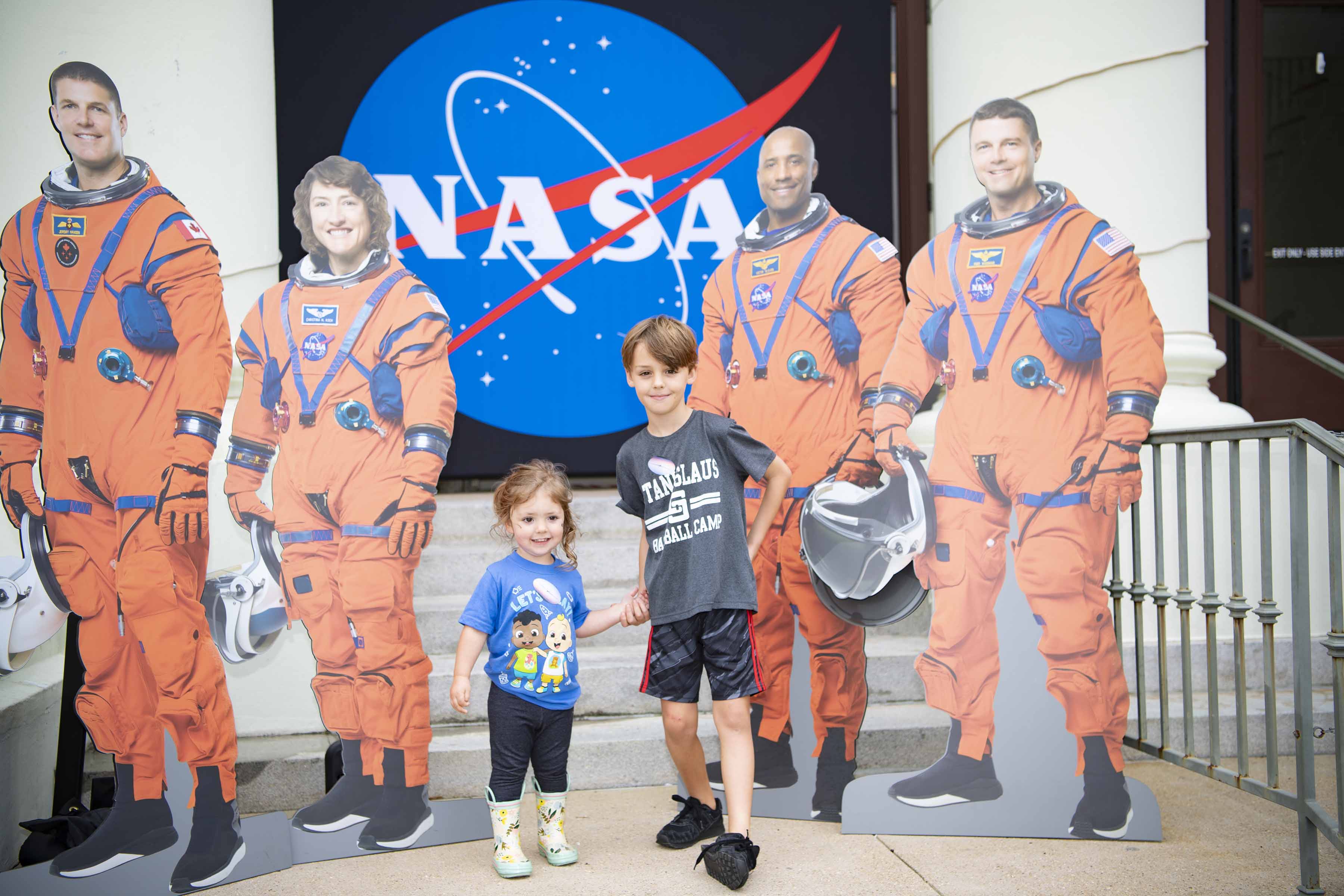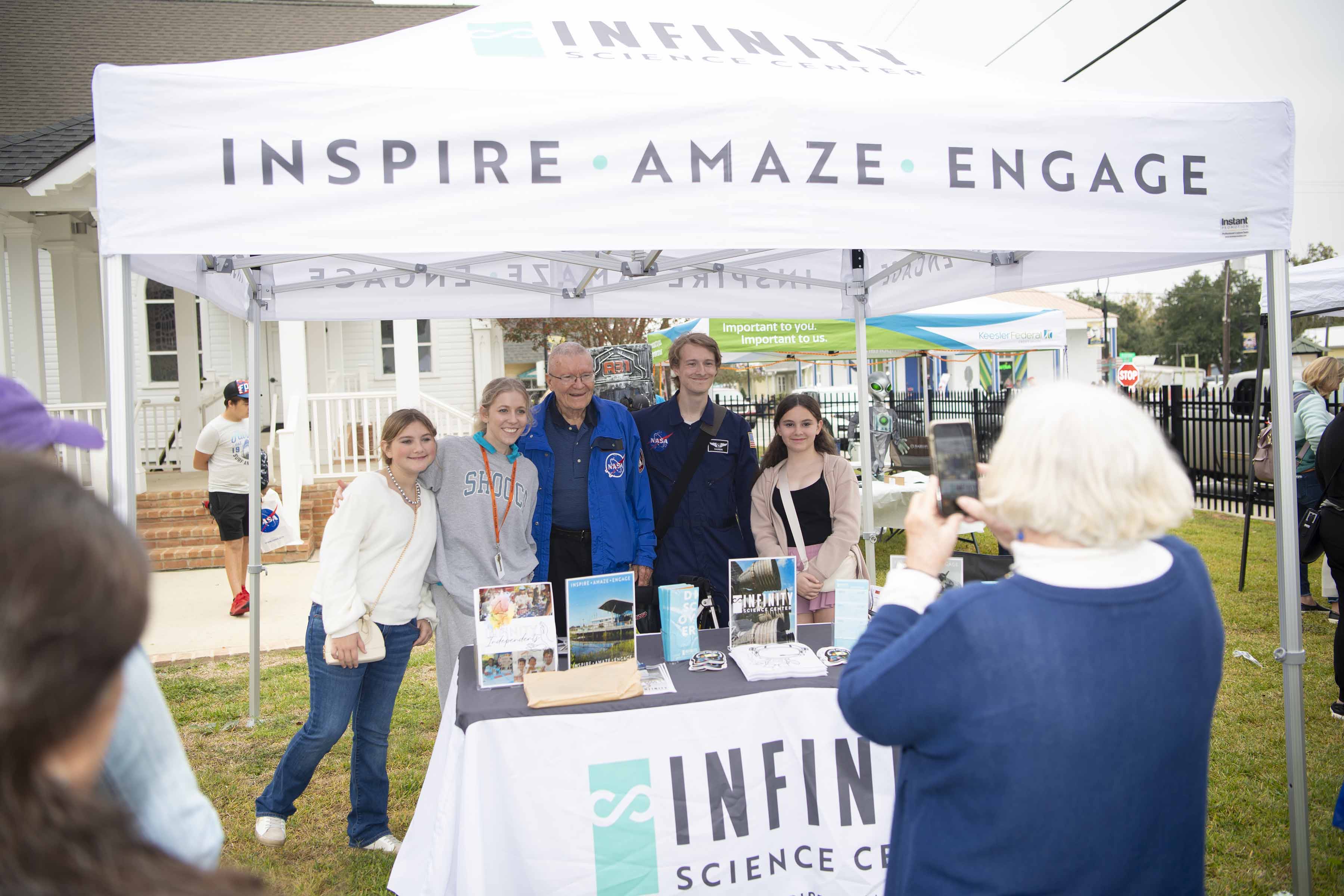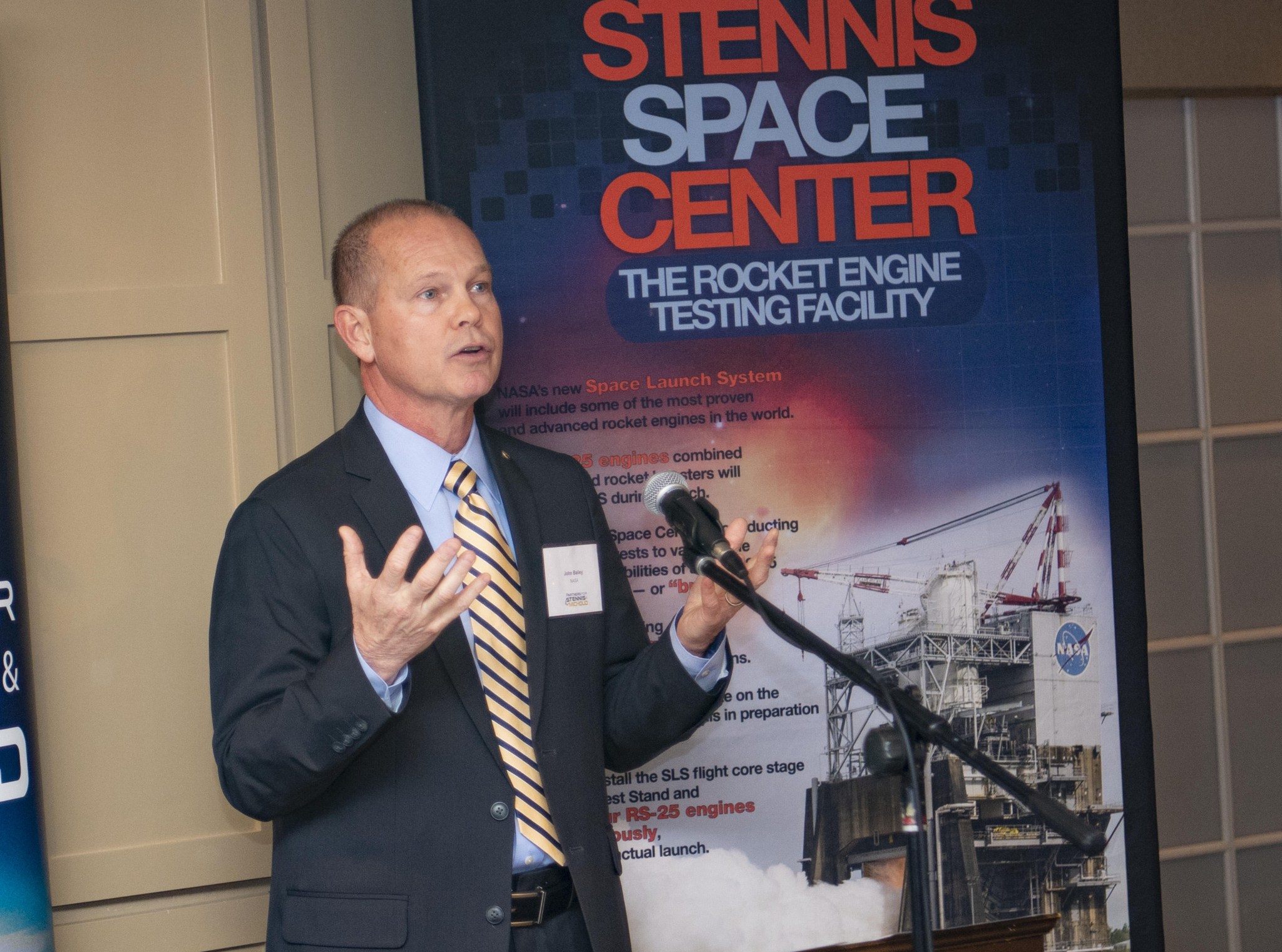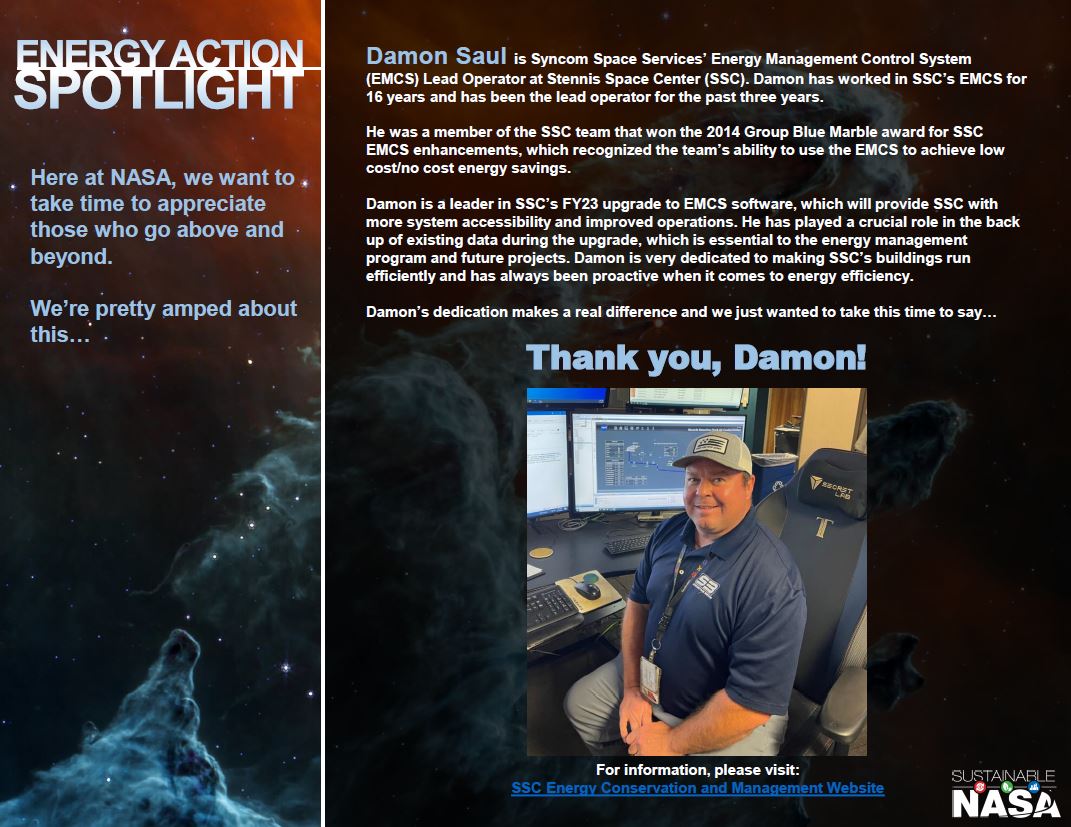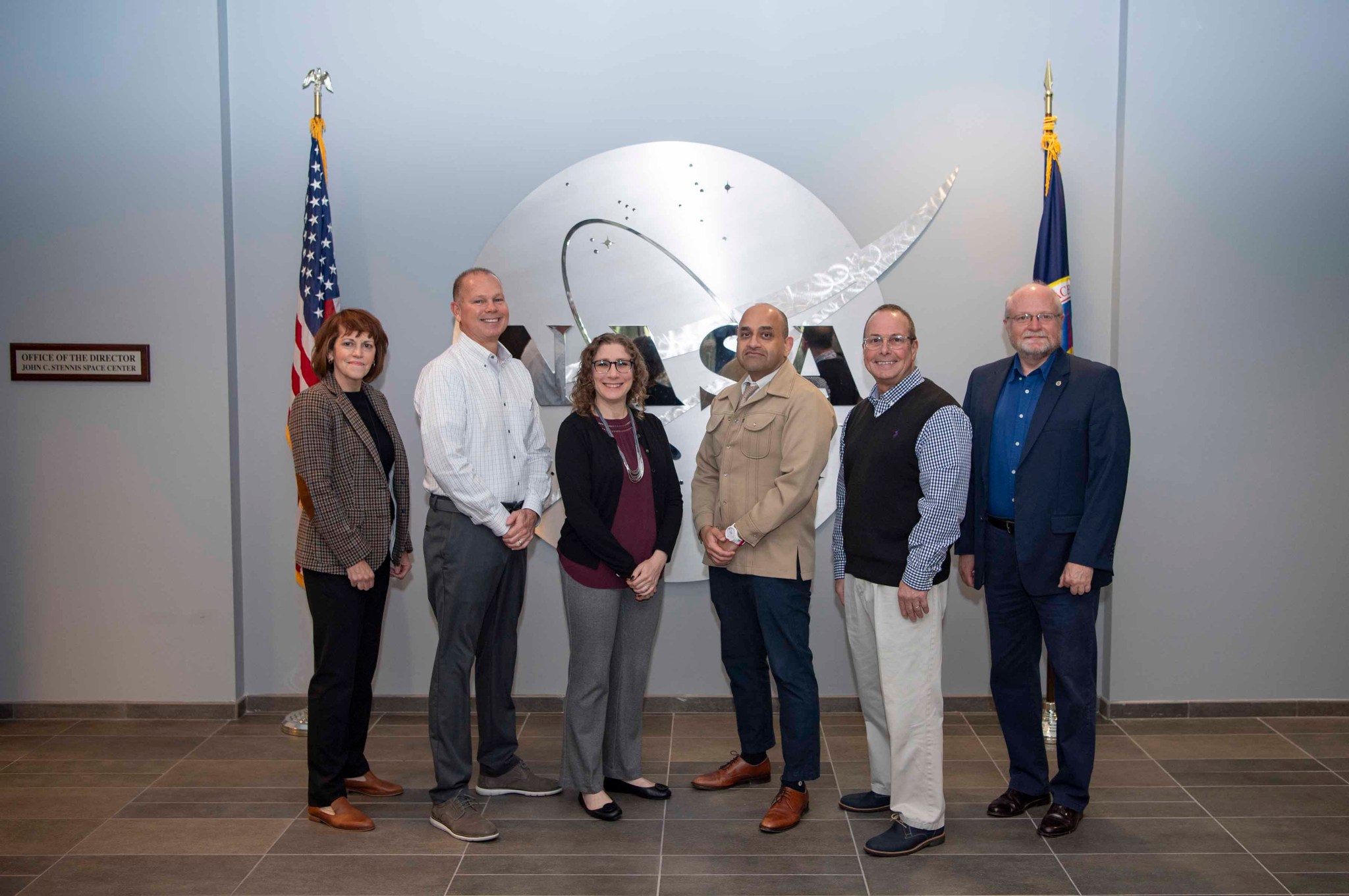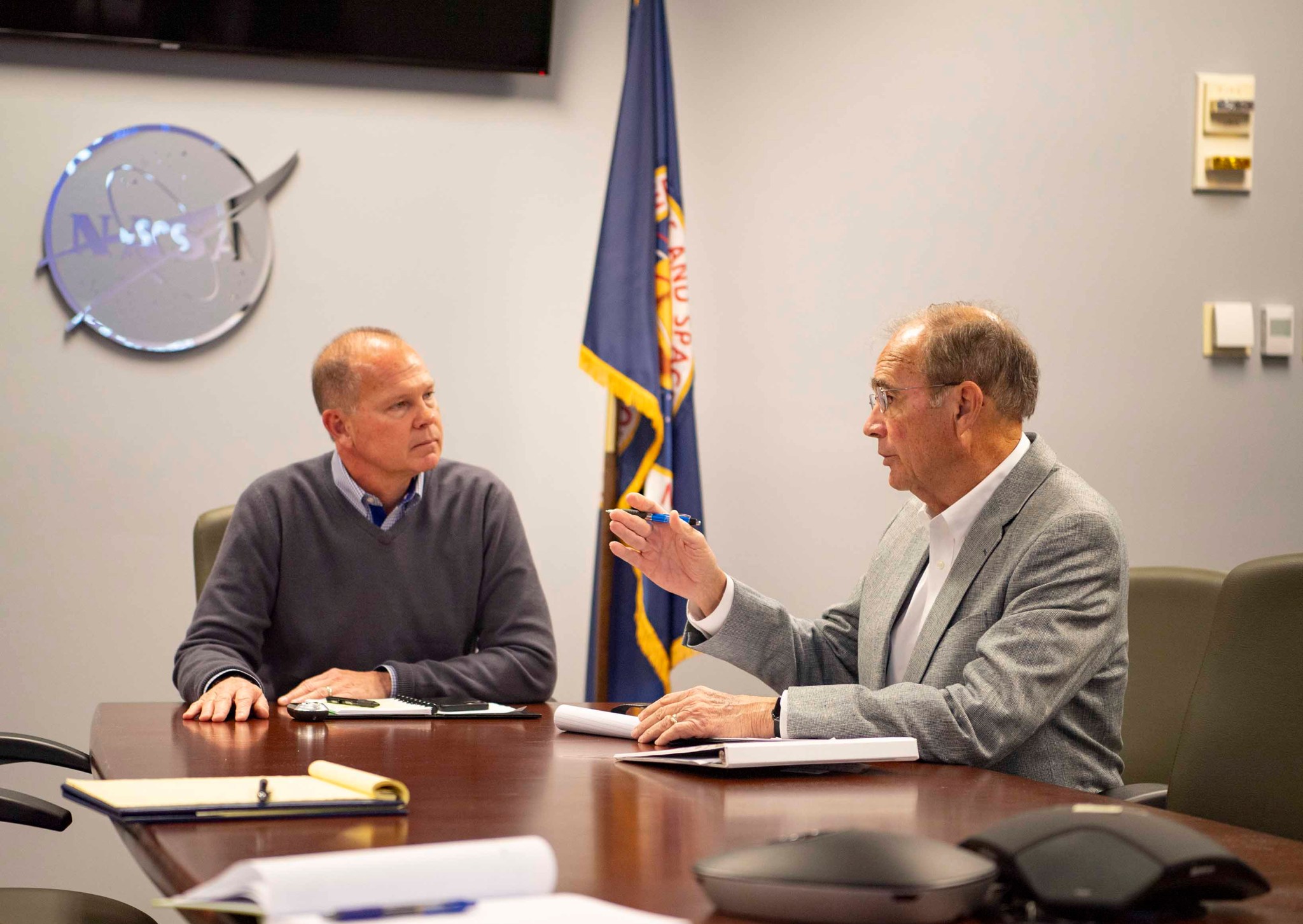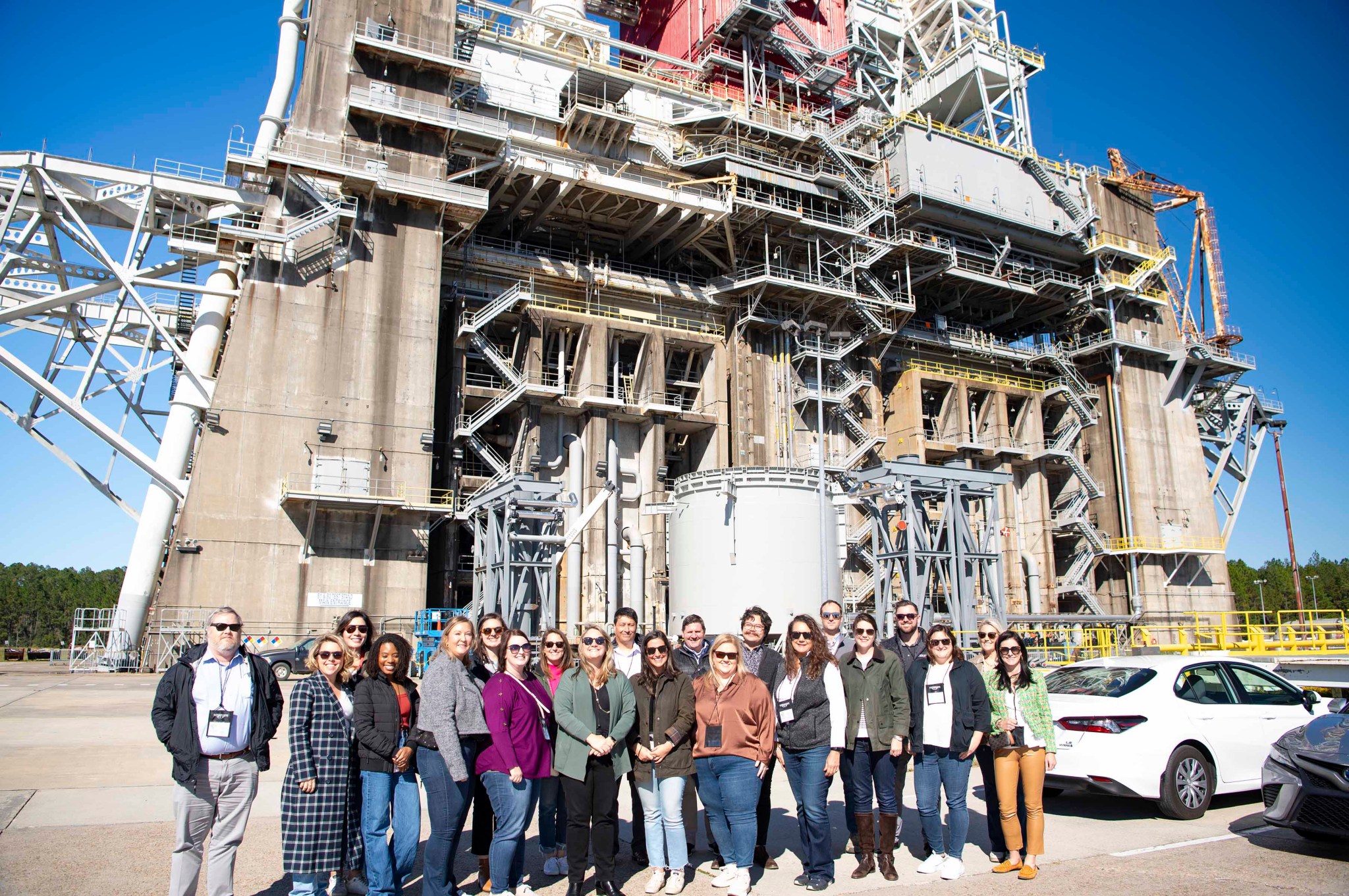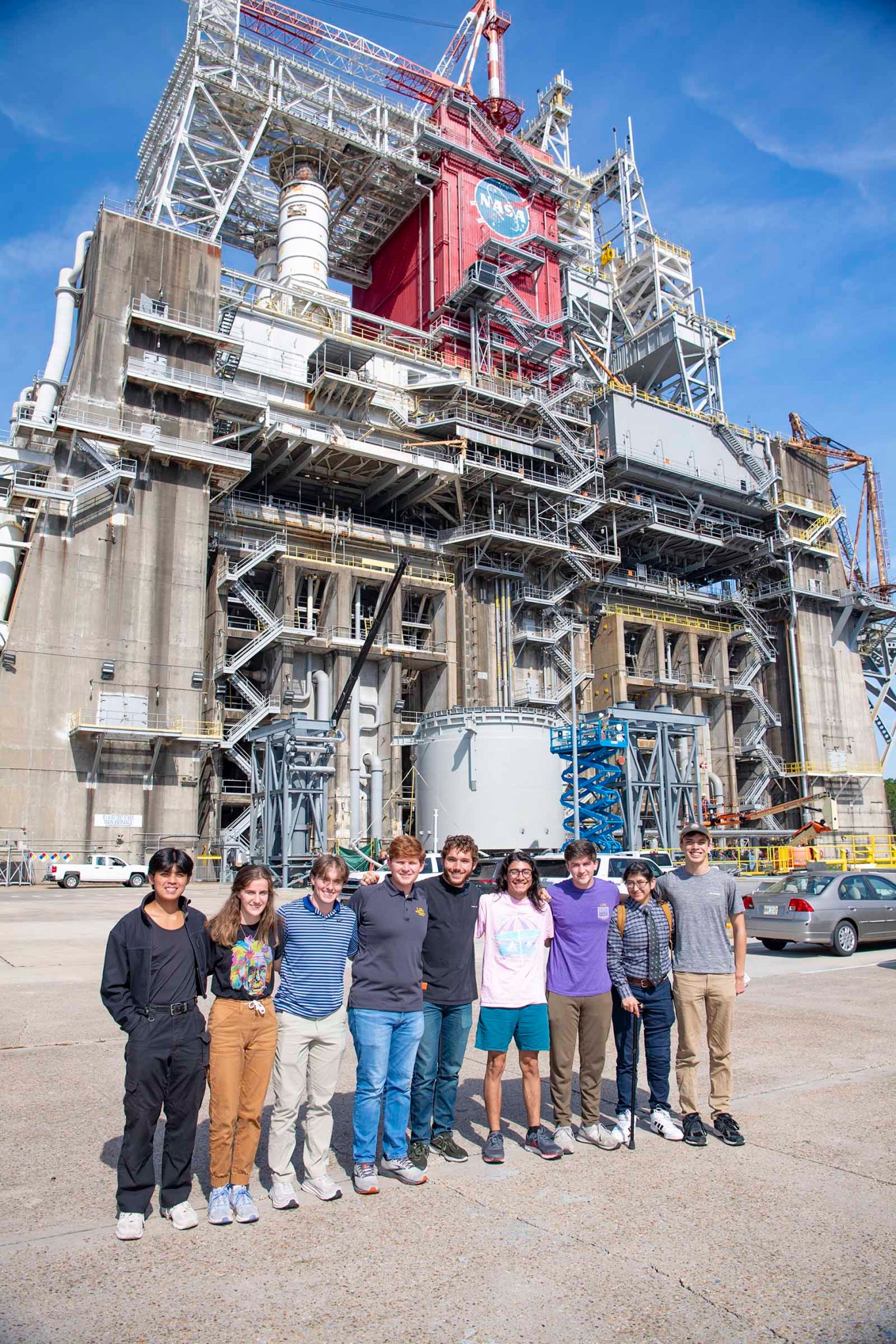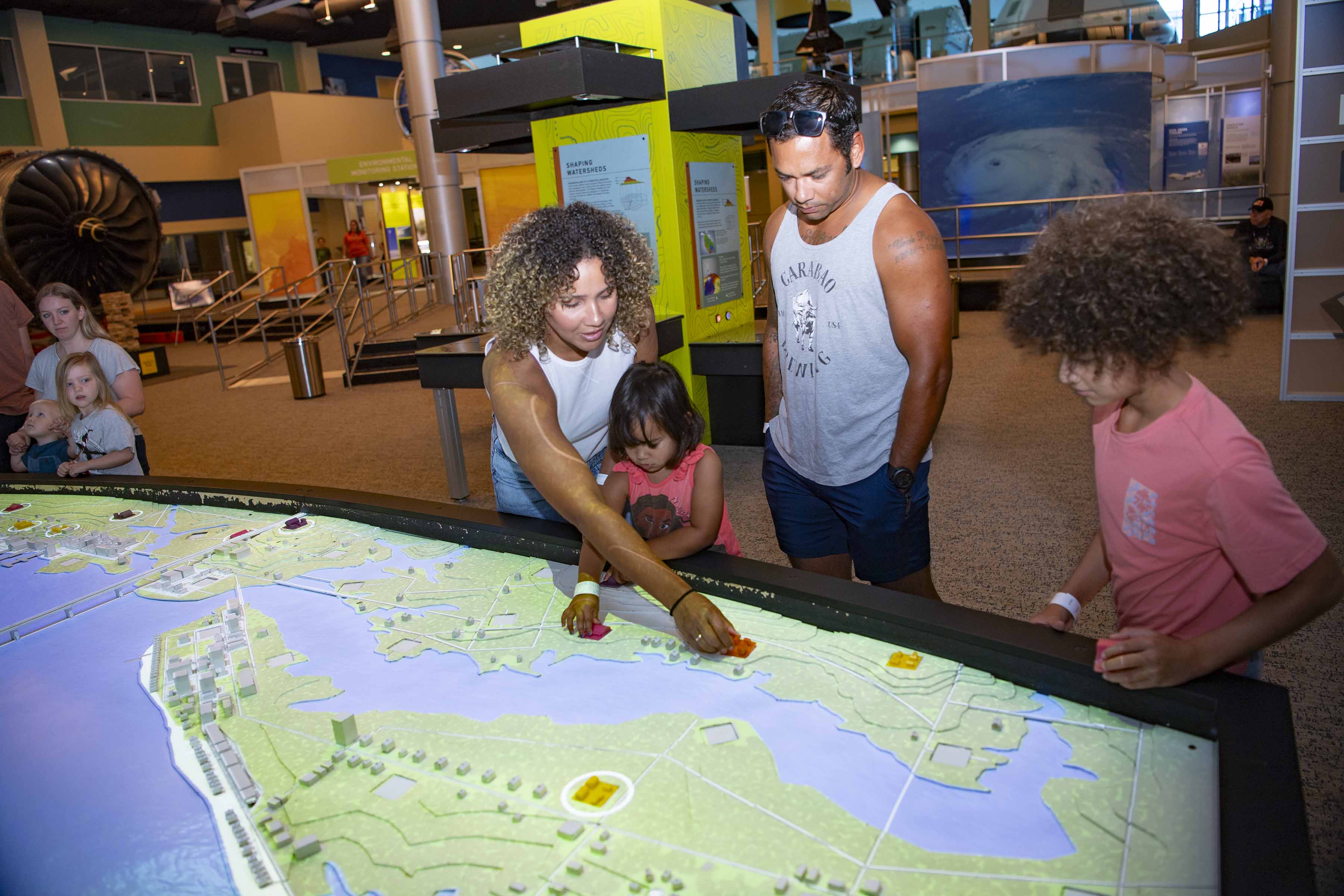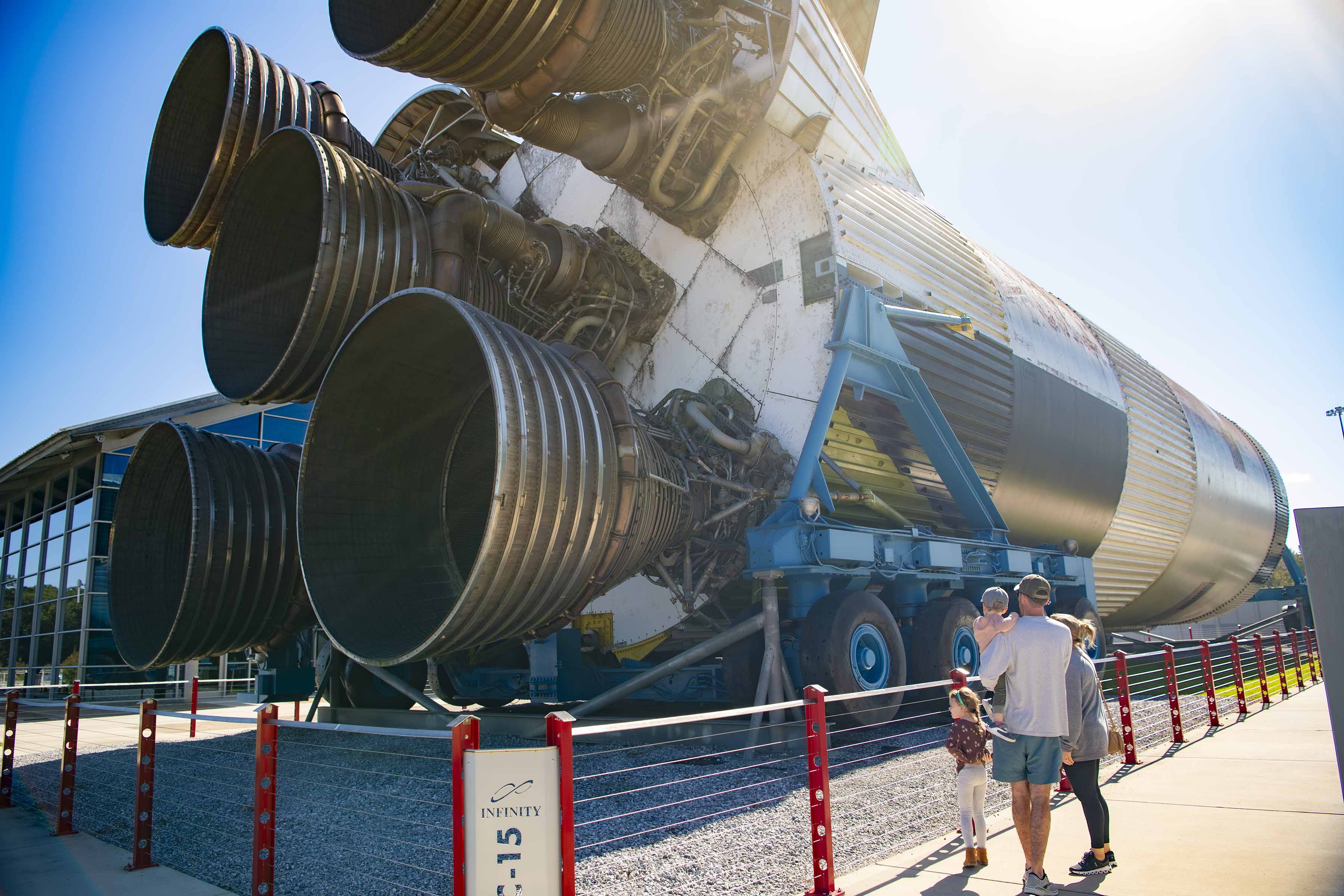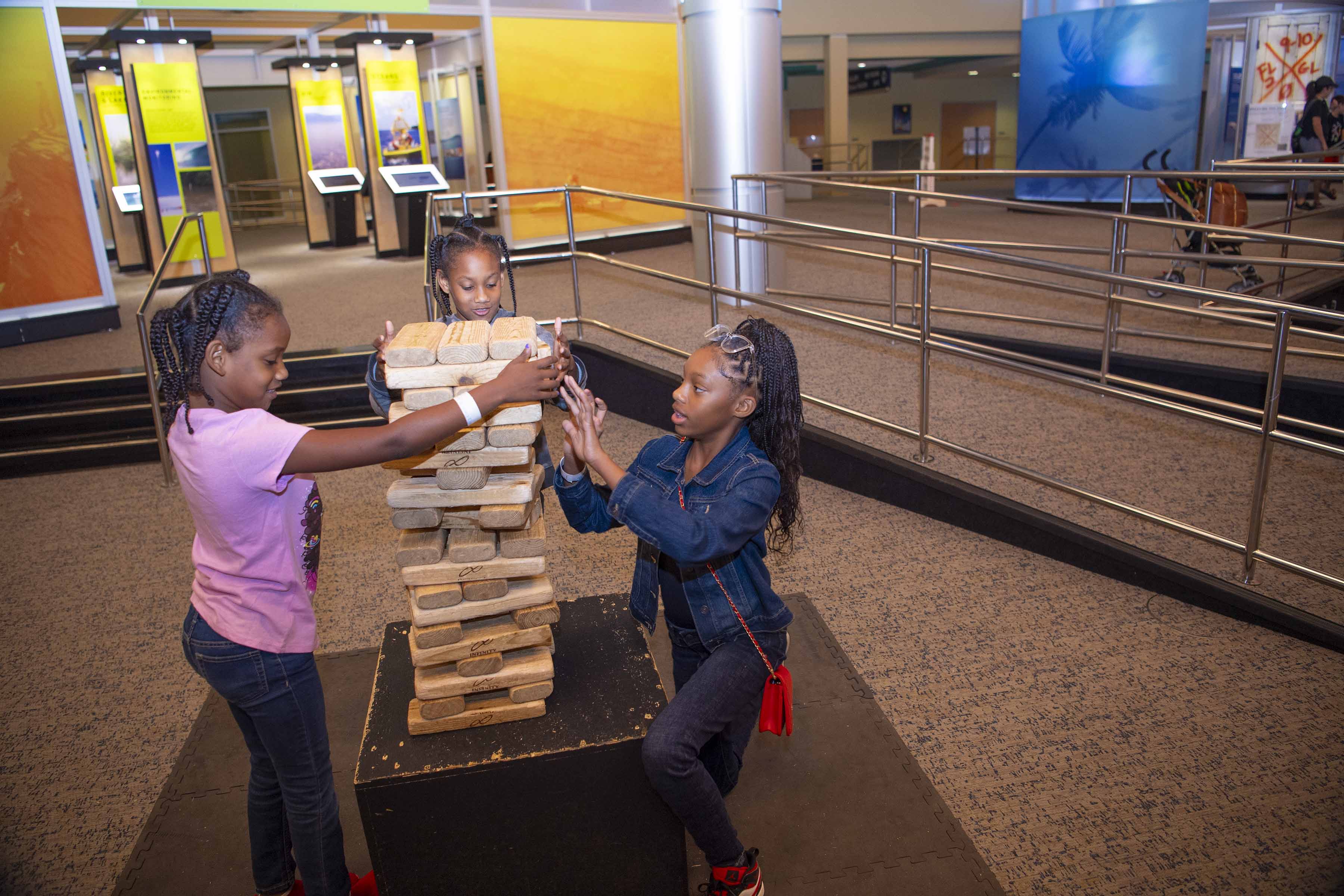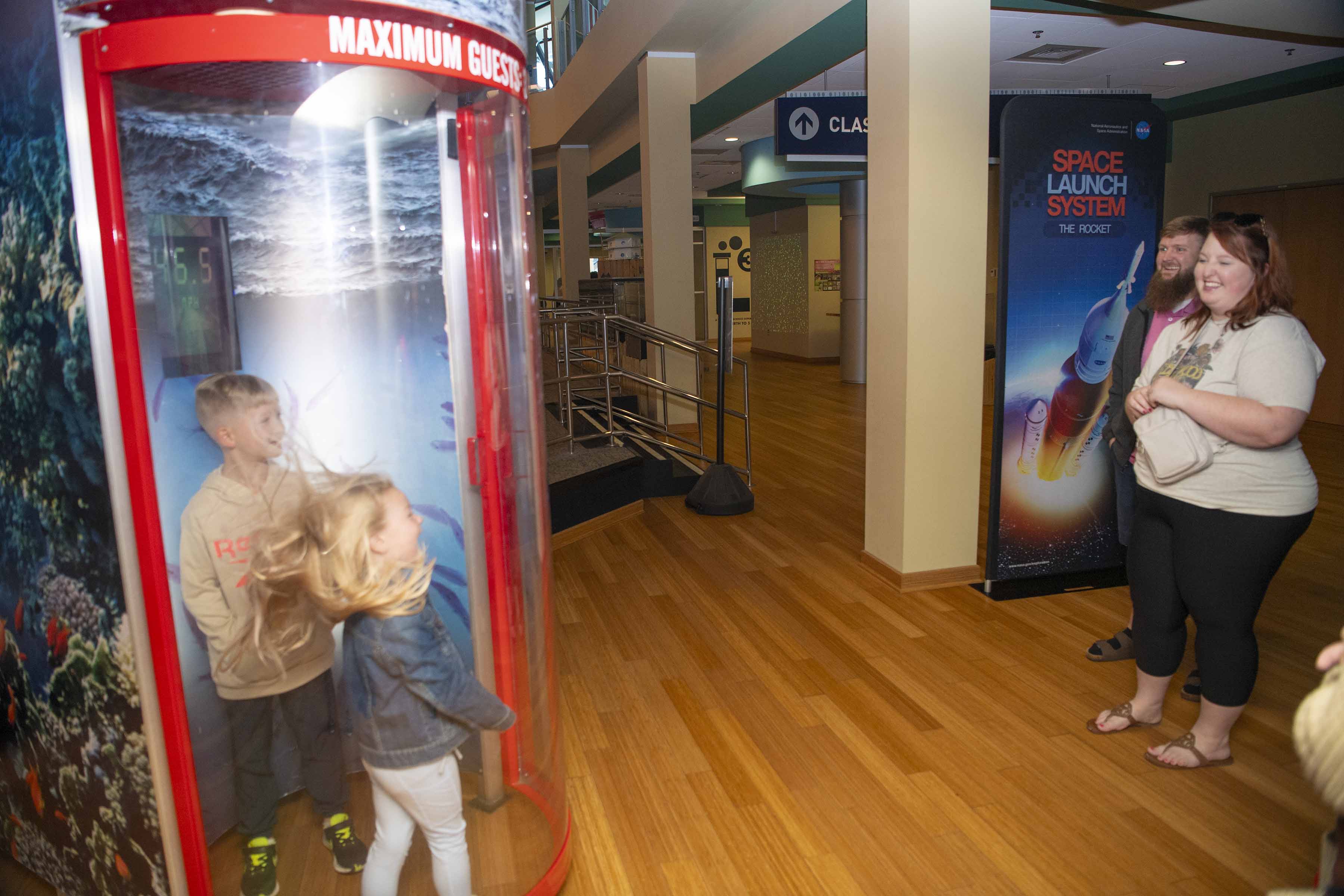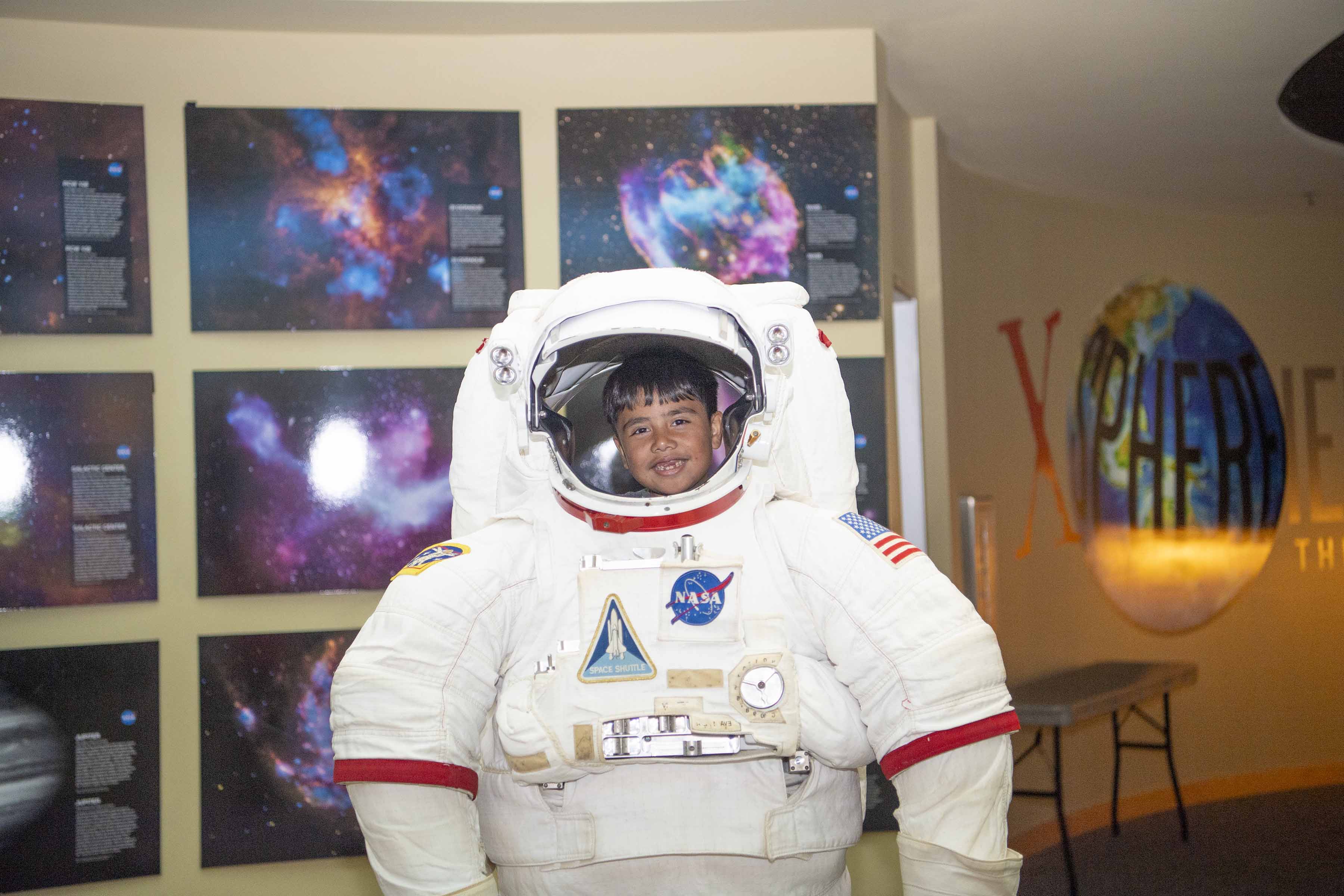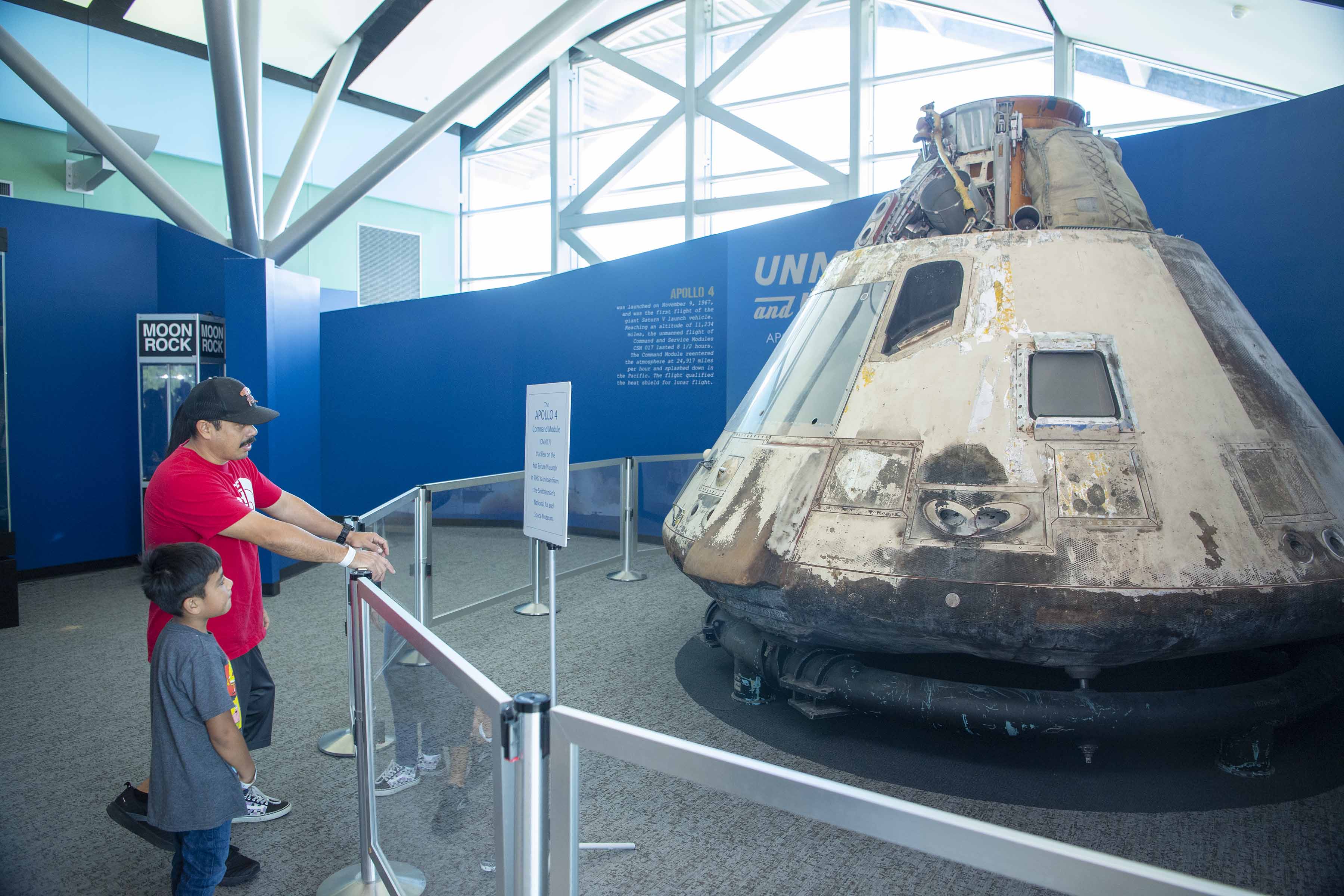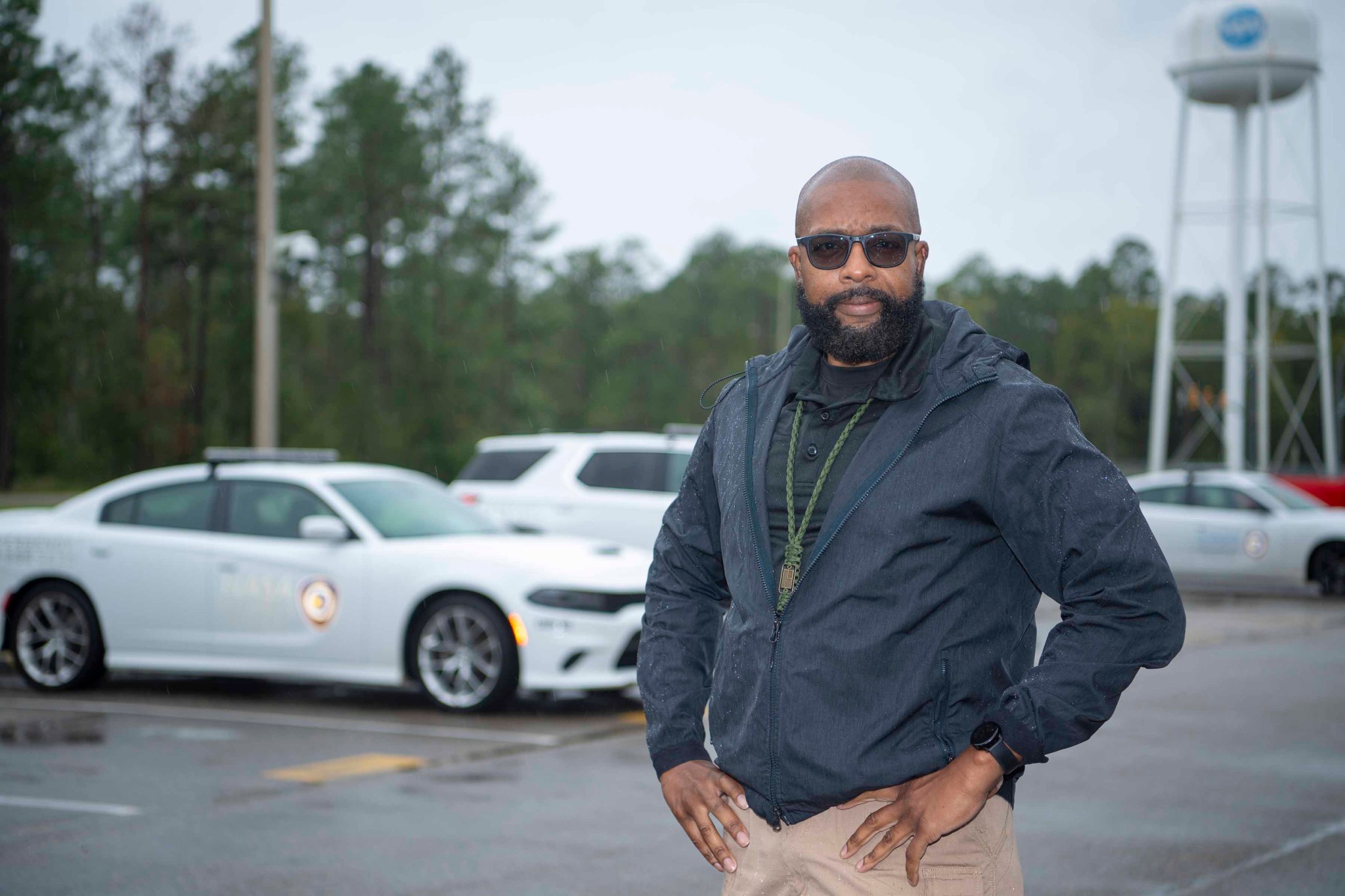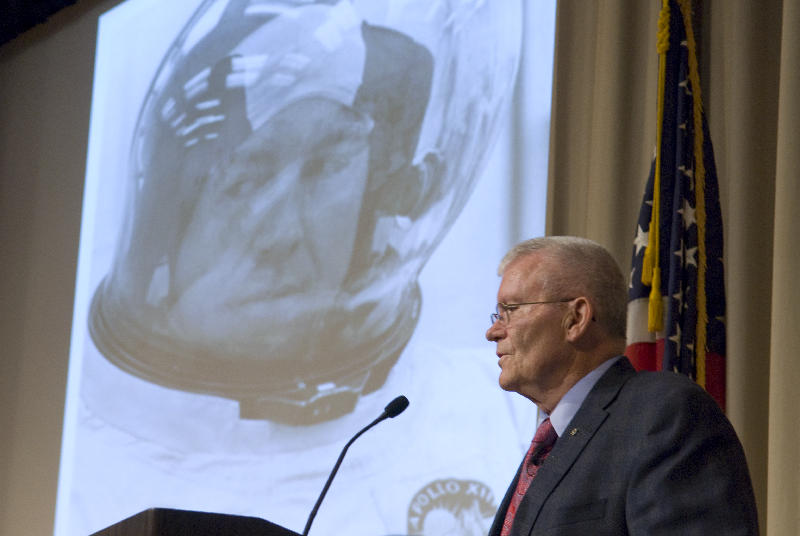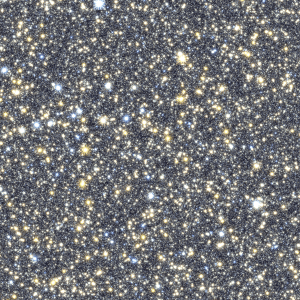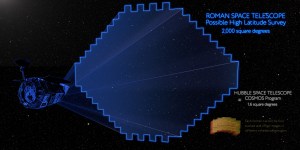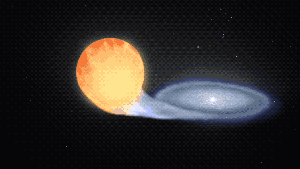Lagniappe
Explore the November 2023 edition to learn about the framework for the future of NASA Stennis, the first RS-25 hot fire of the ongoing certification series, Stennis Day in the Bay, and much more!
Explore the November 2023 edition featuring:
- NASA Stennis Compiles Framework for the Future to Guide Center Forward
- NASA Conducts 1st Hot Fire of New RS-25 Certification Test Series
- NASA ASTRO CAMP® Sets New Record While Providing STEM Opportunities
Gator Speaks
Thank you very much!
You may be thinking, ‘Why is Gator telling me thanks?’
The month of November naturally brings a sense of gratitude with it, and I feel the joy by merely expressing thankfulness to others, so I wanted to thank you for reading this month’s portion of Gator Speaks.
Whether surrounded by the love and laughter of cherished family or the comforts of a shared experience with valued friends, November warms the heart like indulging in a fresh slice of pumpkin pie (something else to be thankful for!).
Just like it is easy to eat a slice or three of pumpkin pie, it is easy to find reasons to be thankful at NASA Stennis.
Nov. 11 was Veterans Day. There are many NASA employees at NASA Stennis who have served in various military branches and are now contributing their talents as part of our skilled and diverse workforce. One such veteran working at NASA Stennis is featured this month.
In addition to Veterans Day on Nov. 11, the Stennis Day in the Bay event highlighted how thankful NASA Stennis is for the great community support and relationships NASA Stennis enjoys. We are all better together!
Nov. 14 is the 90th birthday for the great, NASA astronaut Fred Haise. His name graces the test stand where RS-25 engine testing is underway for future Artemis missions. Haise also is a veteran, as the Korean War put him on a path to joining the military and ultimately becoming a NASA astronaut. Read how that came to pass here.
Nov. 23 is Thanksgiving. How can one not be thankful for the benefits NASA provides to humanity? From exploring the Moon and Mars, to increasing access to space for all, to growing new commercial markets, space exploration helps us gain a new perspective.
And just like exploring space helps us gain a new perspective, so, too, does taking inventory of all we have to be thankful for throughout the month of November.
NASA Stennis Top News
NASA Stennis Compiles Framework for the Future to Guide Center Forward
NASA’s Stennis Space Center began with a single mission – to test Apollo rocket stages to carry humans to the Moon. Moving forward, the site has a renewed vision – to evolve as a unique, multifaceted aerospace and technology hub.
NASA Conducts 1st Hot Fire of New RS-25 Certification Test Series
NASA conducted the first hot fire of a new RS-25 test series Oct. 17, beginning the final round of certification testing ahead of production of an updated set of the engines for the SLS (Space Launch System) rocket.
NASA ASTRO CAMP® Sets New Record While Providing STEM Opportunities
Another year equals another record as NASA’s ASTRO CAMP® initiative reached across the nation and beyond to help a broad spectrum of students learn about NASA and STEM (science, technology, engineering, and mathematics).
NASA Stennis Participates in Stennis Day in the Bay Activities
Center Activities
NASA Stennis Deputy Director Receives Distinguished Award
NASA Stennis Deputy Director John Bailey was among 232 federal employees to receive a 2023 Presidential Rank Award for exceptional leadership, accomplishments, and service over an extended period of time. The U.S. Office of Personnel Management (OPM) announced the awards, one of the most prestigious in career civil service, Nov. 2. The president’s 2023 list included distinguished and meritorious award recipients.
Bailey was one of just 14 NASA employees to receive a Presidential Meritorious Award. Bailey joined the NASA Stennis team in 1998 after working as a Department of Defense civil servant. He served in various positions at the center prior to being named director of the NASA Stennis Engineering and Test Directorate in 2015. Bailey was selected as NASA associate director in 2018, before assuming his current role in January 2021.
“Public servants are unsung heroes – working to better the lives of families across America,” White House Chief of Staff Jeff Zients said in a release announcing the awards. “They do everything from making sure you get your tax refund to helping you set up your small business to keeping us all safe at home. They get things done with grace and skill and first and foremost to serve the American people. The president, the vice president, and everyone across the Biden-Harris Administration are grateful for their dedication and their service.”
OPM Director Kiran Ahuja added, “Every day, tens of thousands of dedicated federal employees are solving the nation’s most pressing challenges and developing new technologies to improve the lives of millions. The Presidential Rank Awards highlight public servants who exemplify integrity, exceptional leadership, and a relentless commitment to the American people. Congratulations to all the awardees. The federal government and the American people are safer and better off thanks to your hard work and dedication.”
The Civil Service Reform Act of 1978 established the Presidential Rank Awards Program to recognize a select group of career members of senior leaders for exceptional performance. For a complete list of 2023 recipients, visit here.
NASA Stennis Employee named NASA Energy Action Hero
Damon Saul, lead operator of NASA’s Stennis Space Center’s Energy Management Control System, was honored as a NASA energy action hero in October.
Each October, the federal government celebrates Energy Action Month to honor the work of the federal workforce to achieve mission success while also cutting energy waste, reducing costs, optimizing performance, and advancing America’s progress toward energy independence, resilience, and security.
NASA has made significant strides in its Energy and Water Management Program, including
- Reducing total energy consumption by 19% and greenhouse gas emissions 47% since FY 2008
- Increasing our consumption of carbon pollution-free electricity to 41% of total electricity
- Reducing facility water intensity by 33% since FY 2007
None of this would be possible without the efforts of hundreds of NASA personnel, many of whom are never recognized for their contributions. Since 2021, NASA has recognized some of the unsung heroes through the Energy Action Spotlights.
NASA Chief Technologist Visits NASA Stennis
NASA Stennis Hosts Mississippi Lieutenant Governor
Mississippi Development Authority Visits NASA Stennis
LSU Aeronautics Organization Visits NASA Stennis
Stennis Employees Enjoy Family Day at INFINITY
NASA in the News
Employee Profile
It was “many Moons ago,” but Van Ward distinctly remembers the presentation a NASA speaker gave to his third-grade class in Union, Mississippi.
Looking Back
Former NASA Astronaut Haise Turns 90
Former NASA astronaut and Biloxi, Mississippi native, Fred Haise, celebrated his 90th birthday – and lifetime of accomplishments – on Nov. 14.
Haise initially pursued a career in journalism before serving in the Korean War as a Marine Corps fighter pilot. After the war, he flew as a research pilot. One of 19 individuals selected by NASA as an astronaut candidate in April 1966, Haise was the highest-scoring applicant of Astronaut Group 5.
Following training, Haise served as a backup crew member for the Apollo 8 and Apollo 11 missions to the Moon before his chance to fly in space came on the Apollo 13 mission as lunar module pilot with commander Jim Lovell and command module pilot Jack Swigert. He was slated to become the sixth person to walk on the lunar surface.
However, Haise never had his chance to step onto the Moon. Just 56 hours into the Apollo 13 mission, an oxygen tank explosion created a crisis that held the world spellbound for days. Haise was in the lunar module at the time of the incident; by the time he reached his command module seat, oxygen tank No. 2 was gone.
The world watched as the crew endured a perilous trip around the Moon and back to Earth in the crippled spacecraft. The mission is well documented in print and onscreen. In total, Haise logged 142 hours and 54 minutes in space on the Apollo 13 mission.
The Mississippi native remained a NASA astronaut for nine more years and was slated to serve as commander of the Apollo 19 mission to the Moon before it was canceled by the end of the Apollo Program. Haise was inducted into the Astronaut Hall of Fame in 1997. Twelve years later, NASA presented him with the agency’s Ambassador of Exploration Award in recognition of his role as a spokesperson for space.
Haise presented the encased Moon rock he received for the recognition to his former Biloxi elementary school – Goren Elementary – for display to students. Since then, he has remained a space spokesperson and a staunch supporter of NASA’s Stennis Space Center and INFINITY Science Center.
“I think aviation, space, and science museums are important for the knowledge imparted to young and old,” he said of the Mississippi science facility that serves as the official visitor center of NASA Stennis. “For the young, it is possible the interesting things they see and learn about will inspire them to make the most of the talent with which they are blessed. INFINITY also serves as a beacon along the highway into Mississippi to encourage people to visit and stay awhile. It gives them a view of the incredible work being done at Stennis Space Center. Through the hands-on exhibits and special programs, education is provided to many visiting young people.”
Happy birthday to Mississippi’s own Fred Haise!
Additional Resources
Artemis
Subscription Info
Lagniappe is published monthly by the Office of Communications at NASA’s Stennis Space Center. The NASA Stennis office may be contacted by at 228-688-3333 (phone); ssc-office-of-communications@mail.nasa.gov (email); or NASA OFFICE OF COMMUNICATIONS, Attn: LAGNIAPPE, Mail code IA00, Building 1111 Room 173, Stennis Space Center, MS 39529 (mail).
The Lagniappe staff includes: Managing Editor Lacy Thompson, Editor Bo Black, and photographer Danny Nowlin.
To subscribe to the monthly publication, please email the following to ssc-office-of-communications@mail.nasa.gov – name, location (city/state), email address.
Powered by WPeMatico
Get The Details…
LaToya Dean
